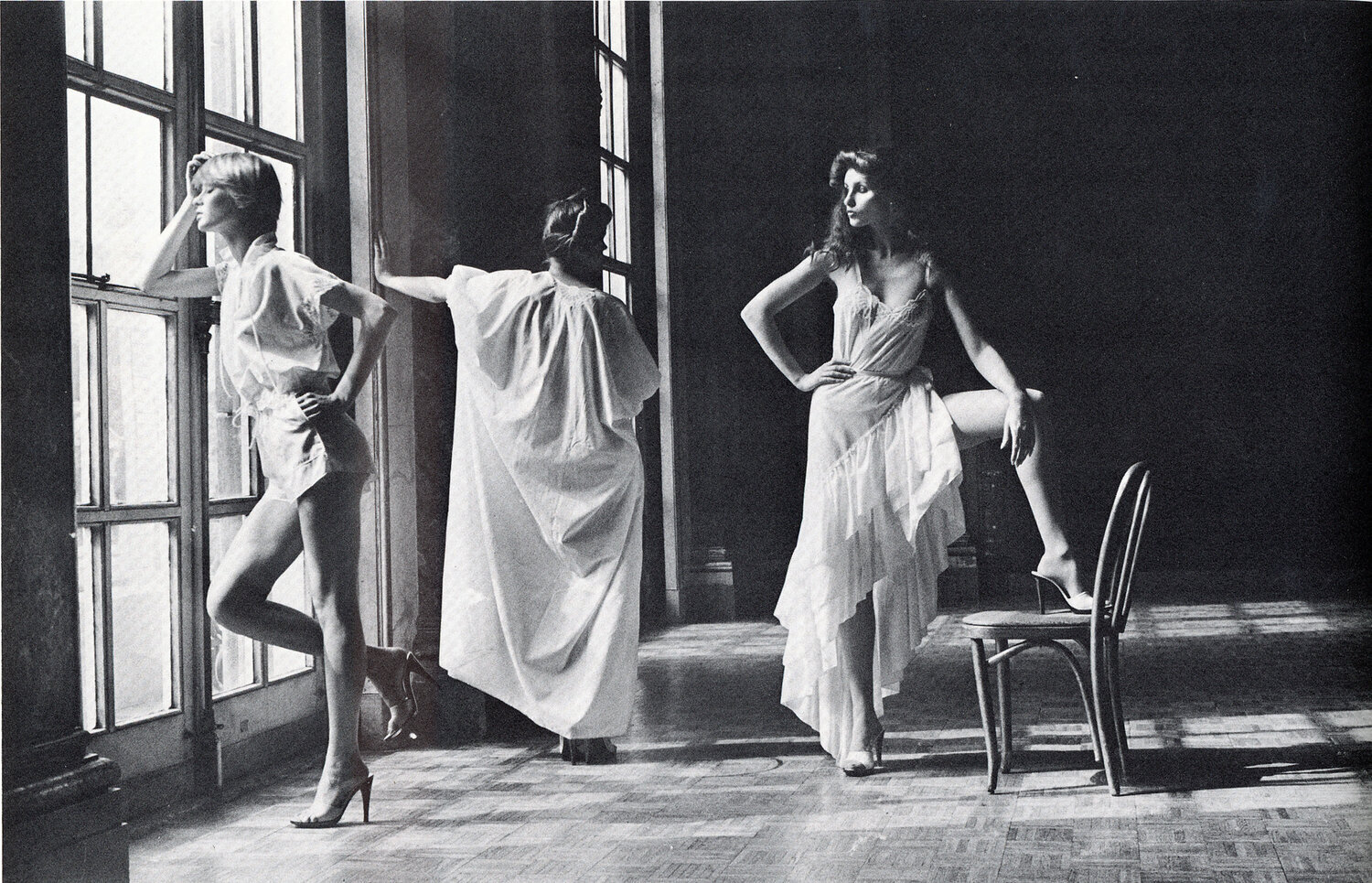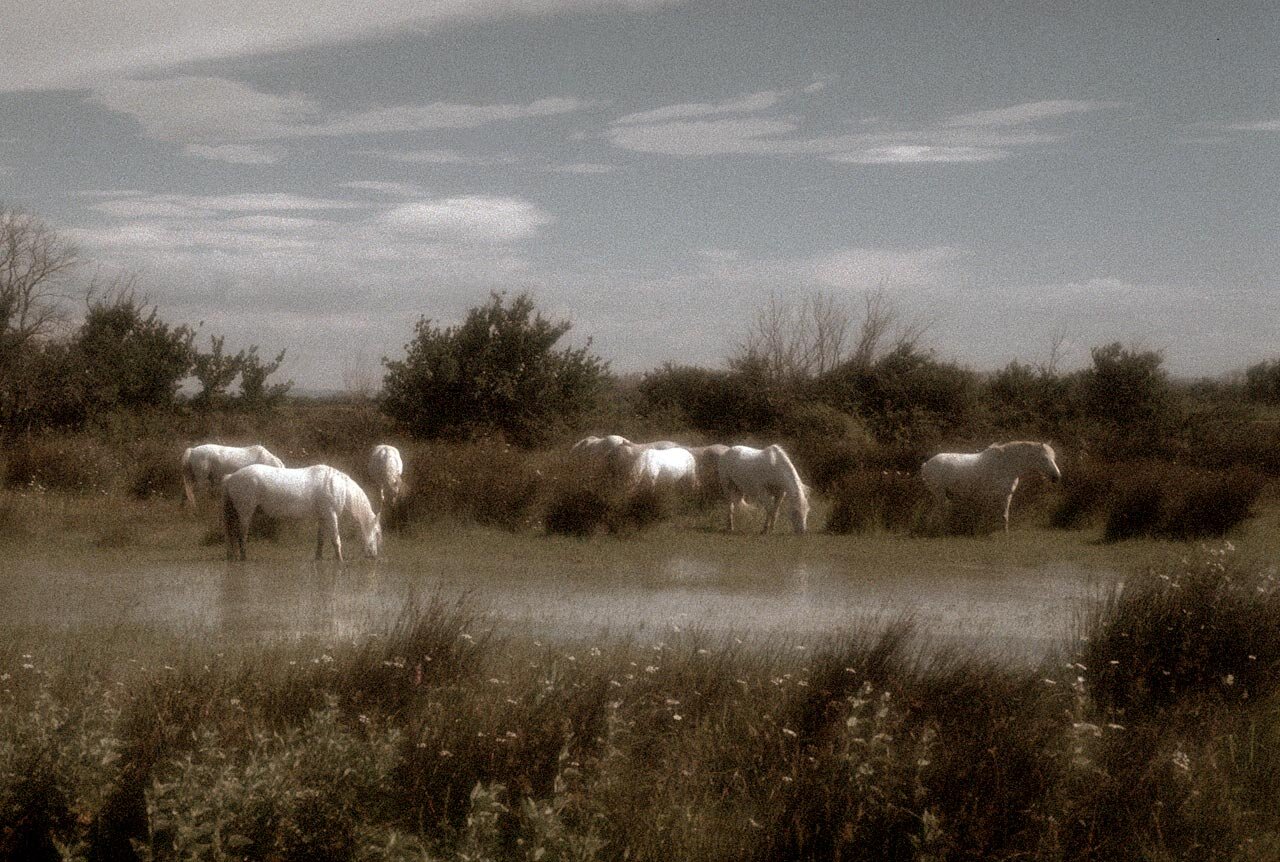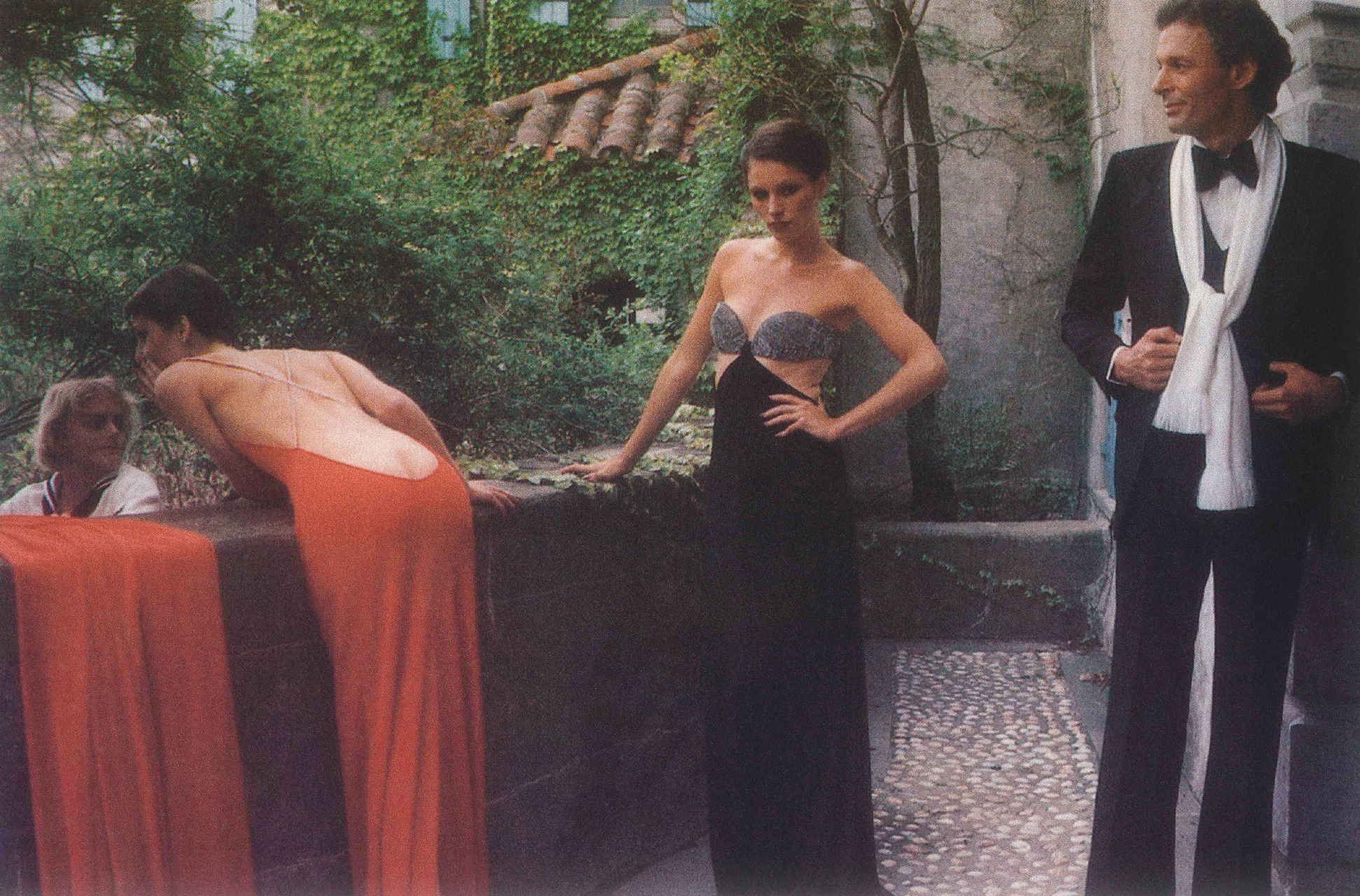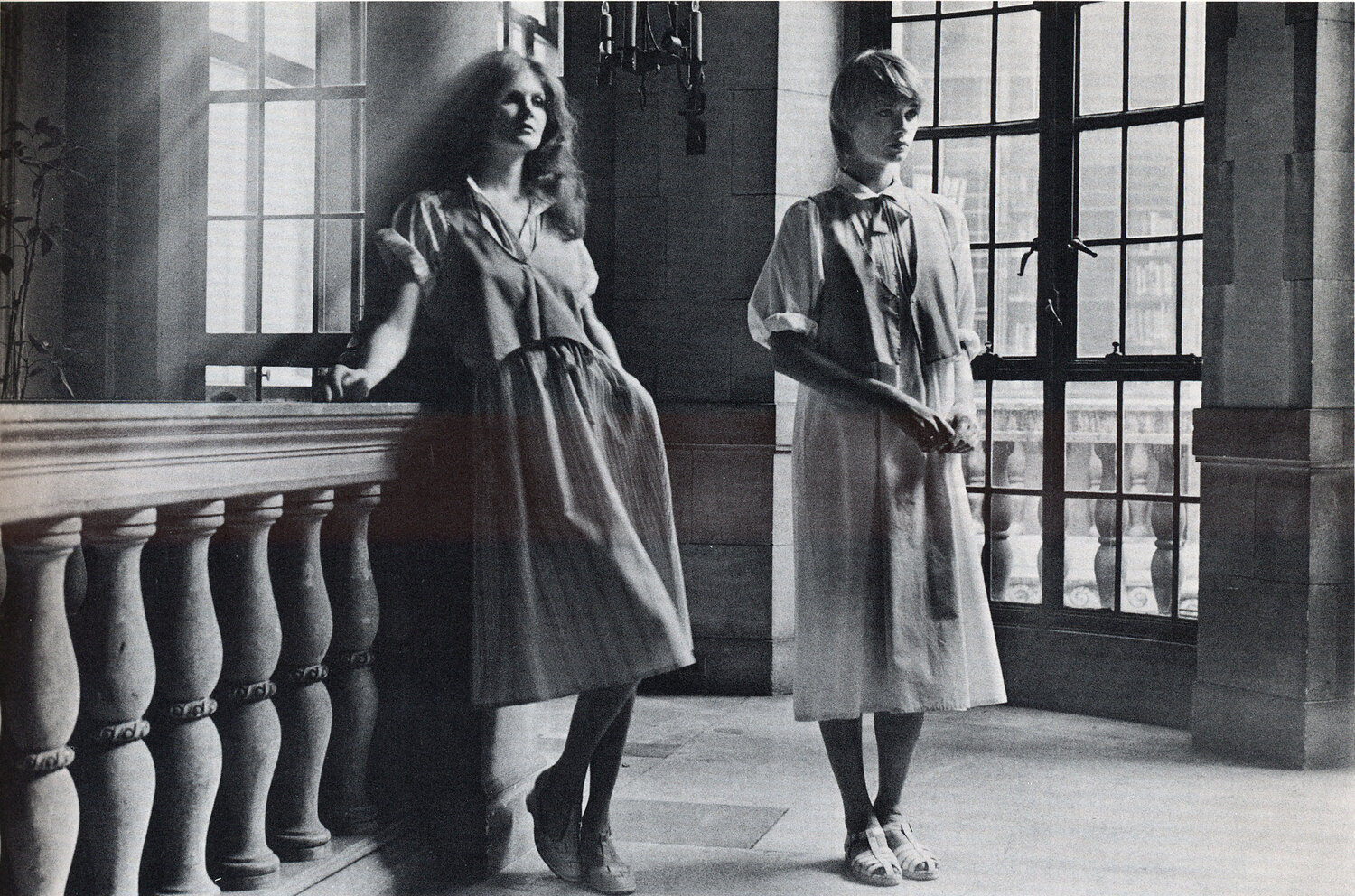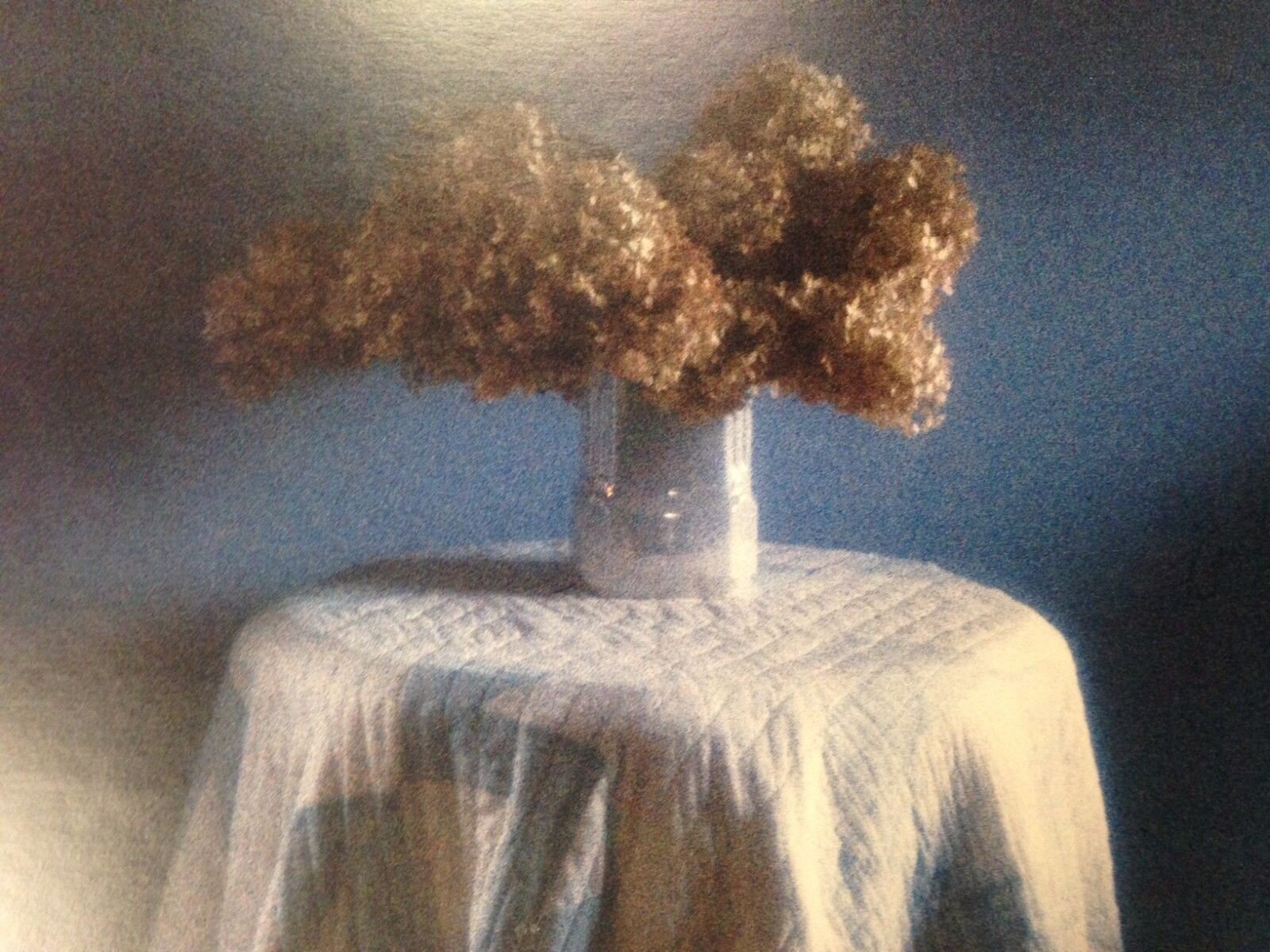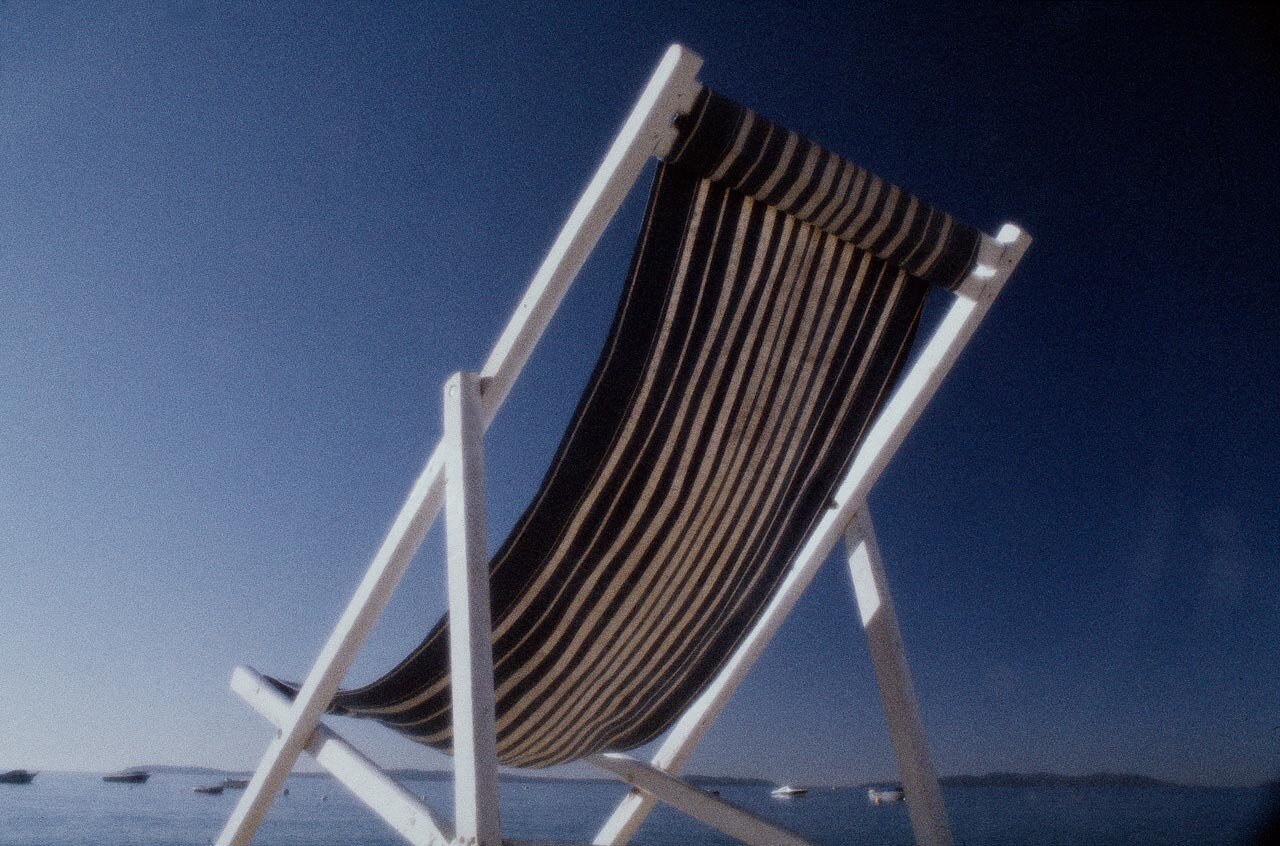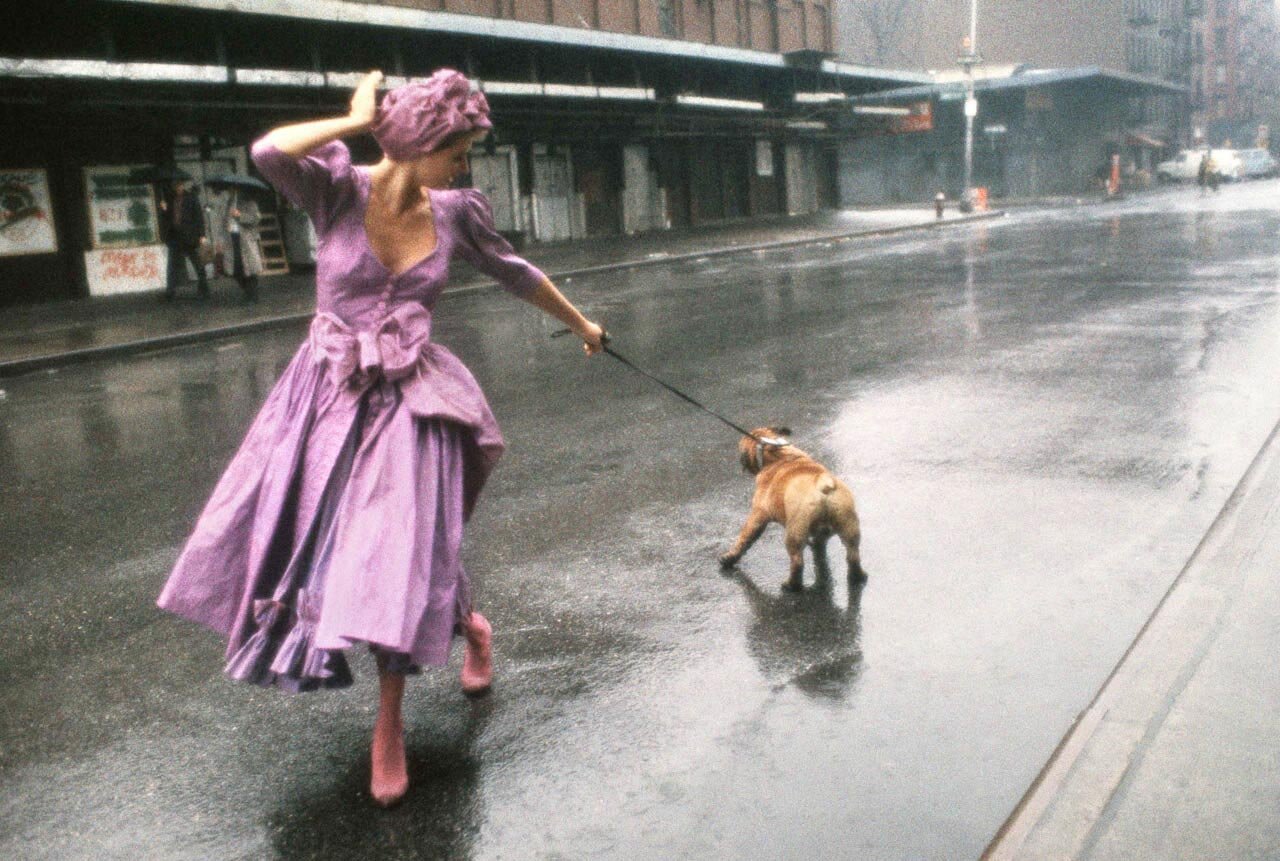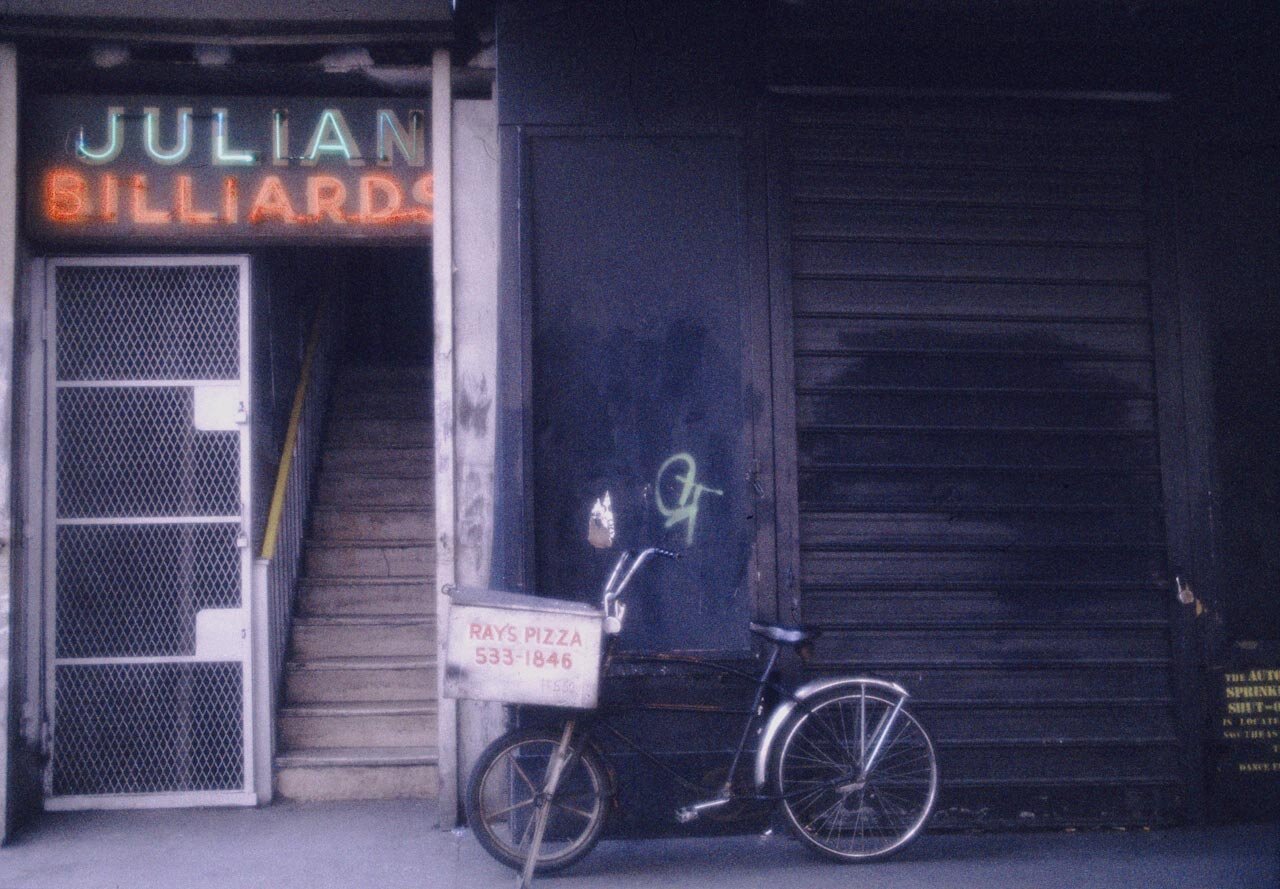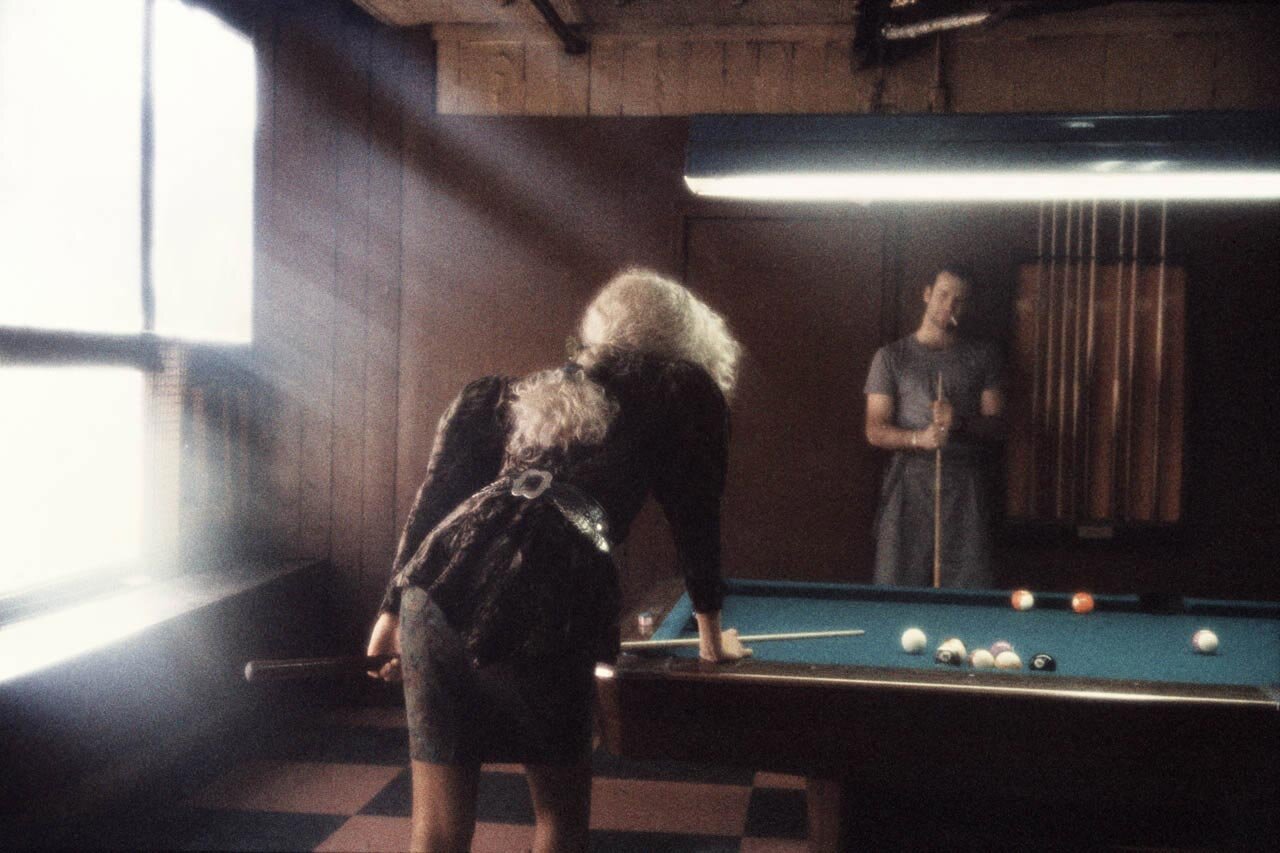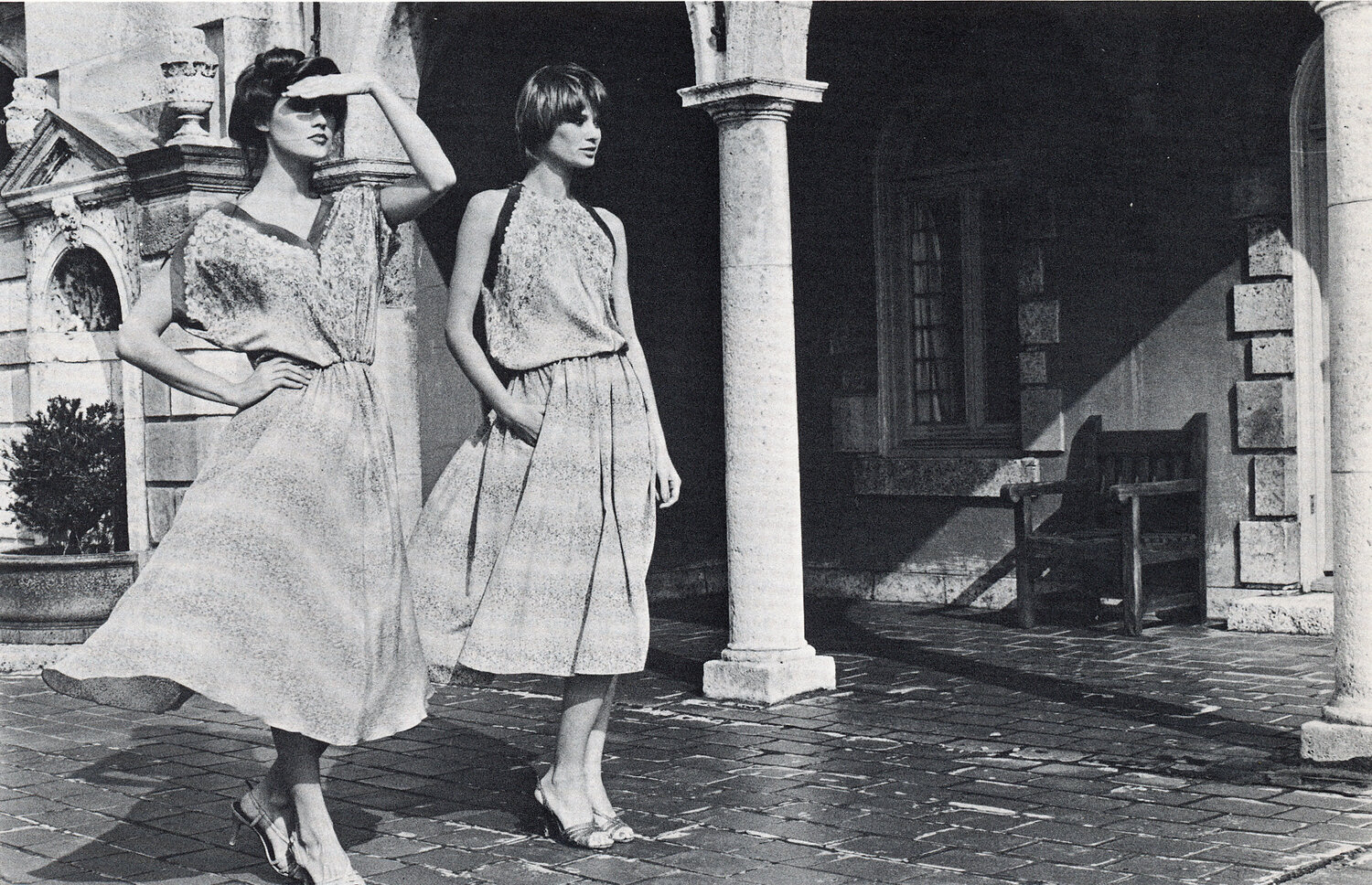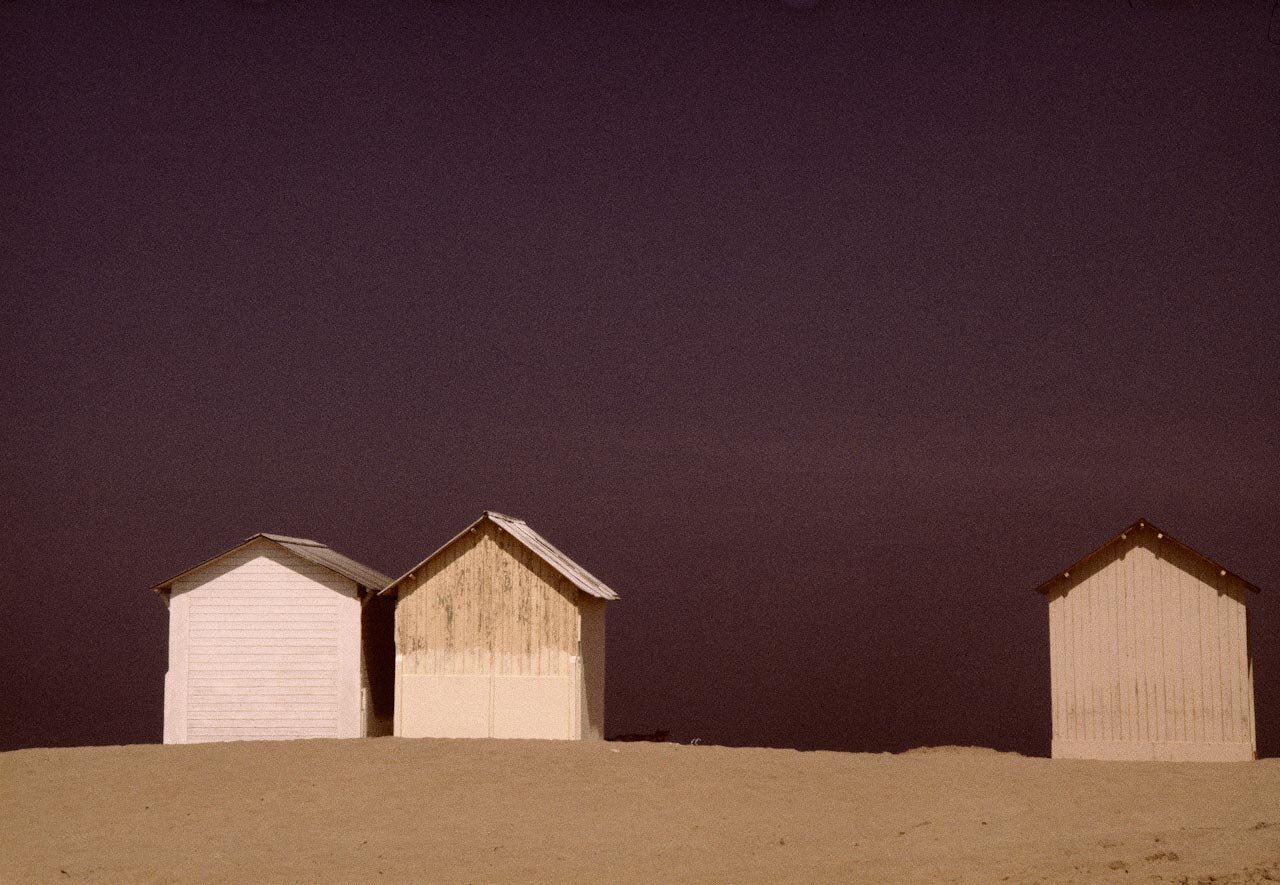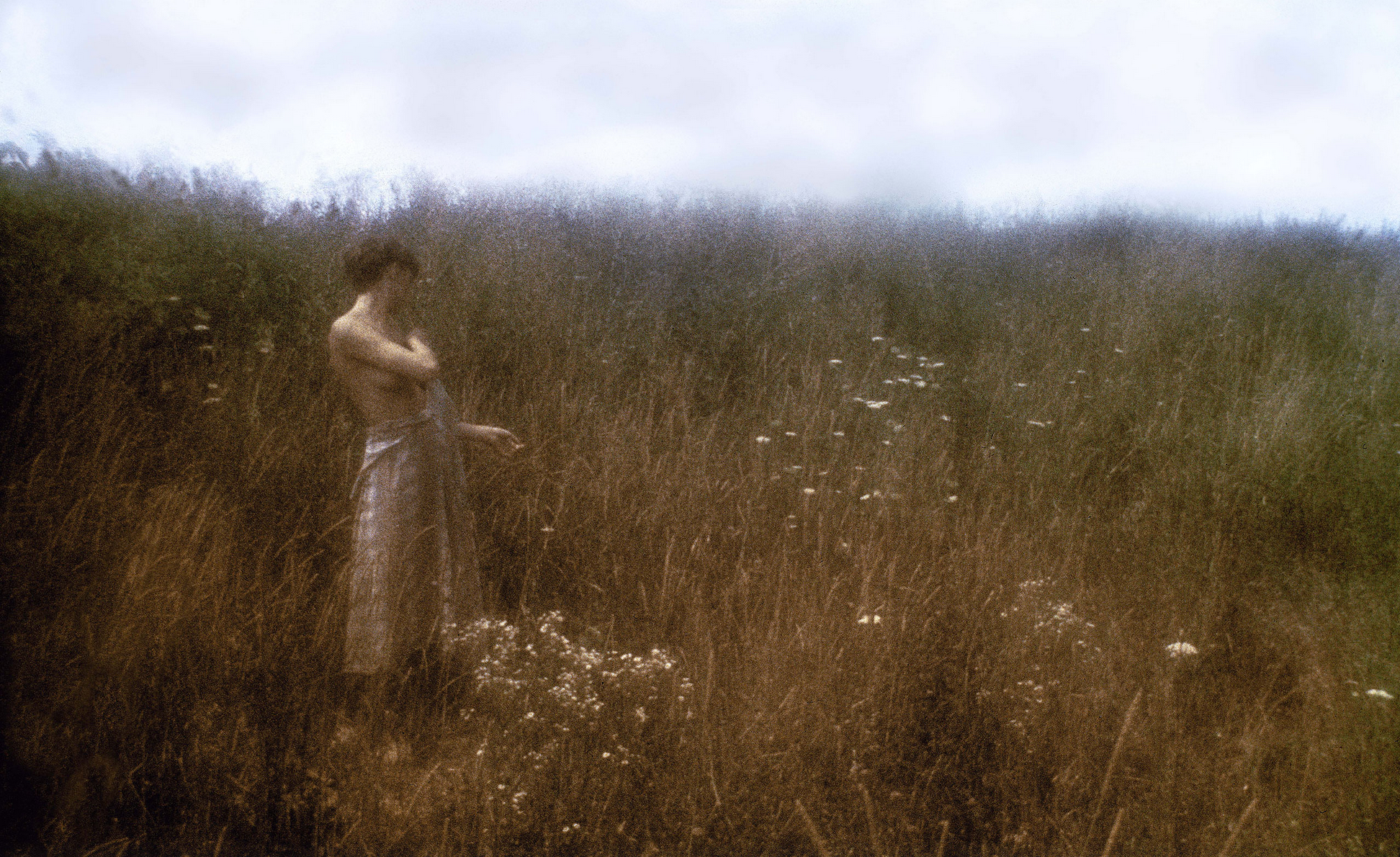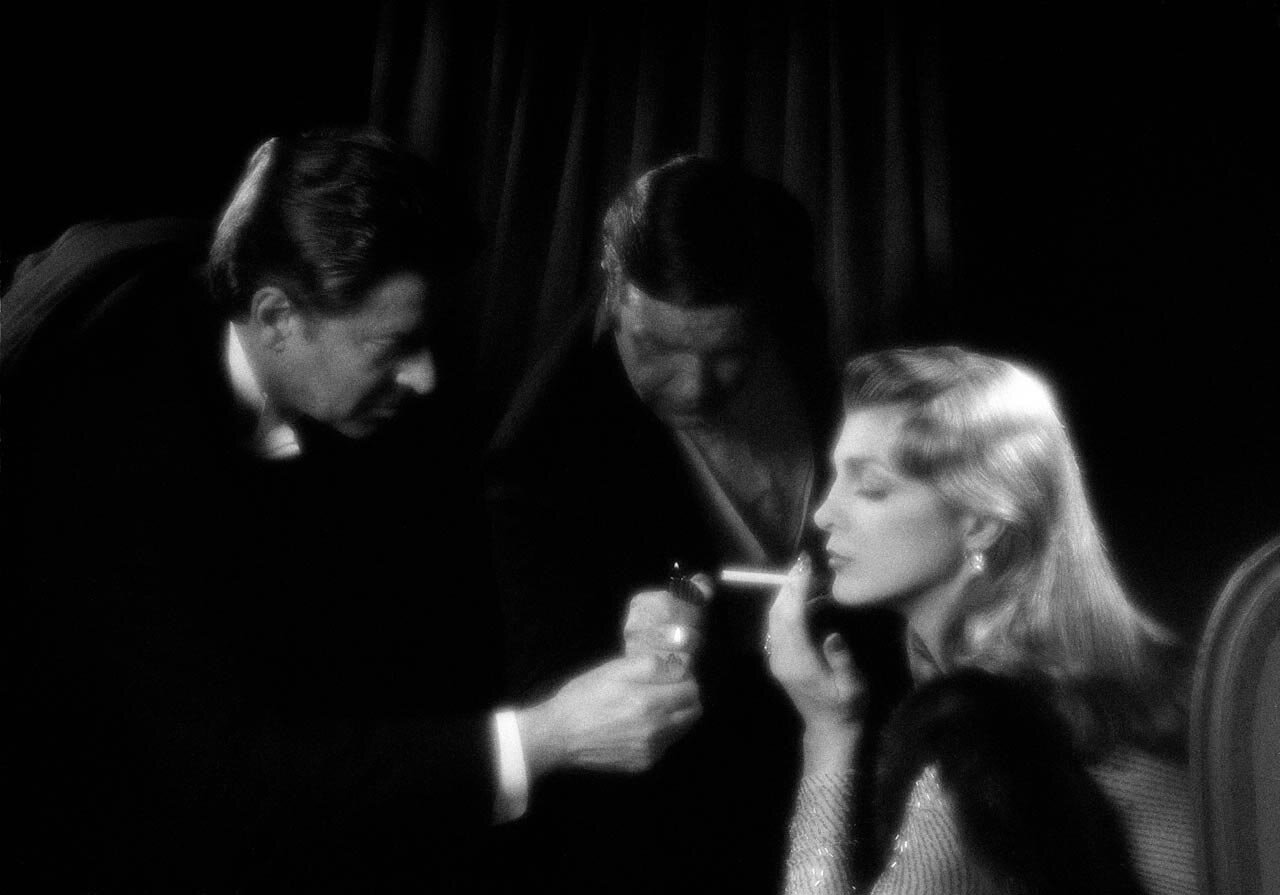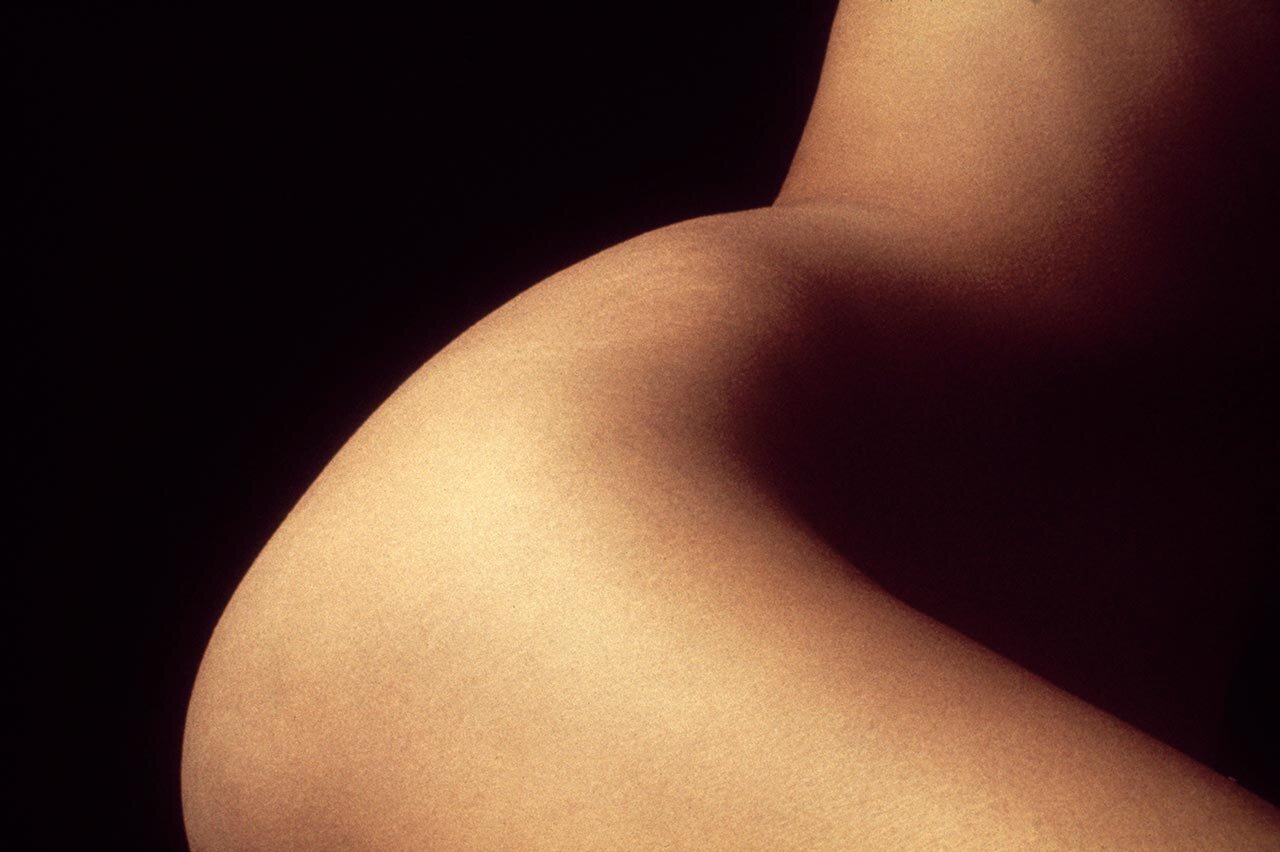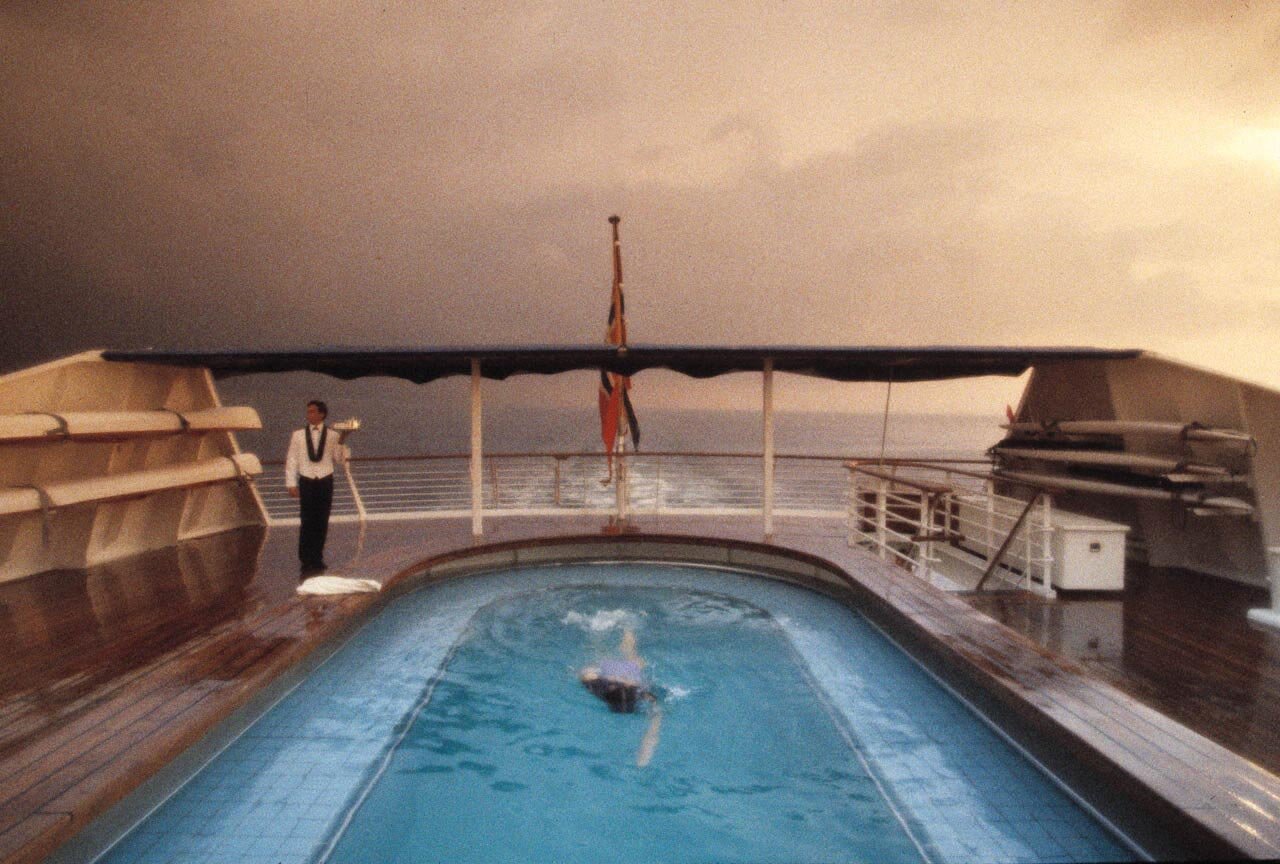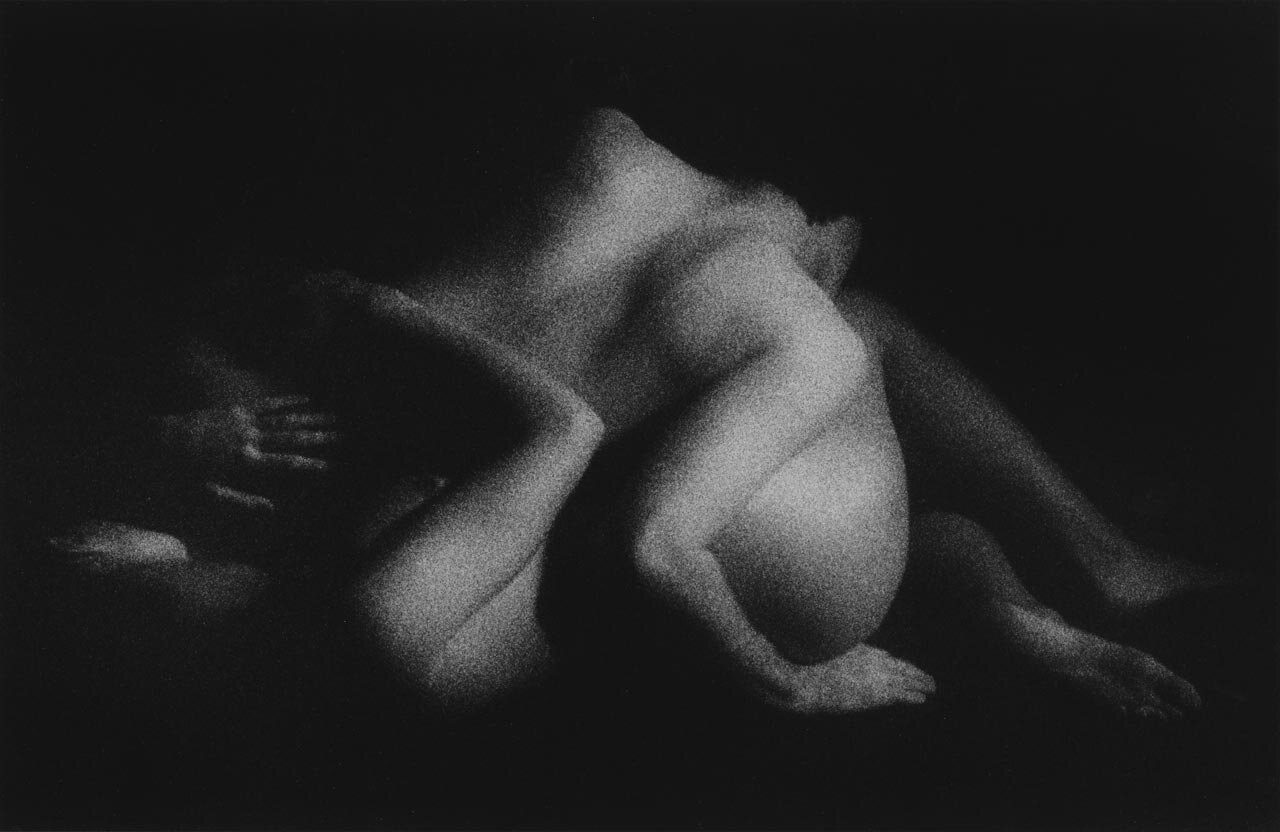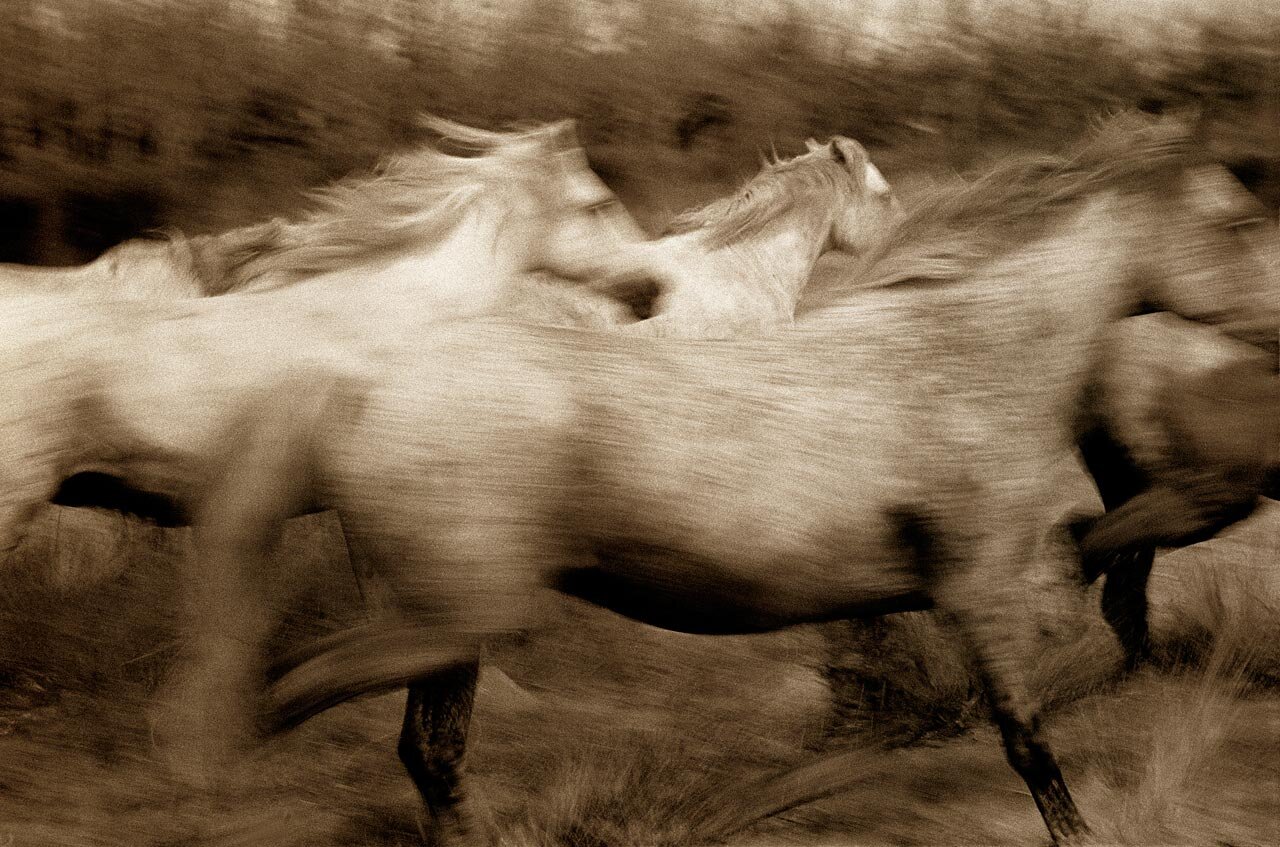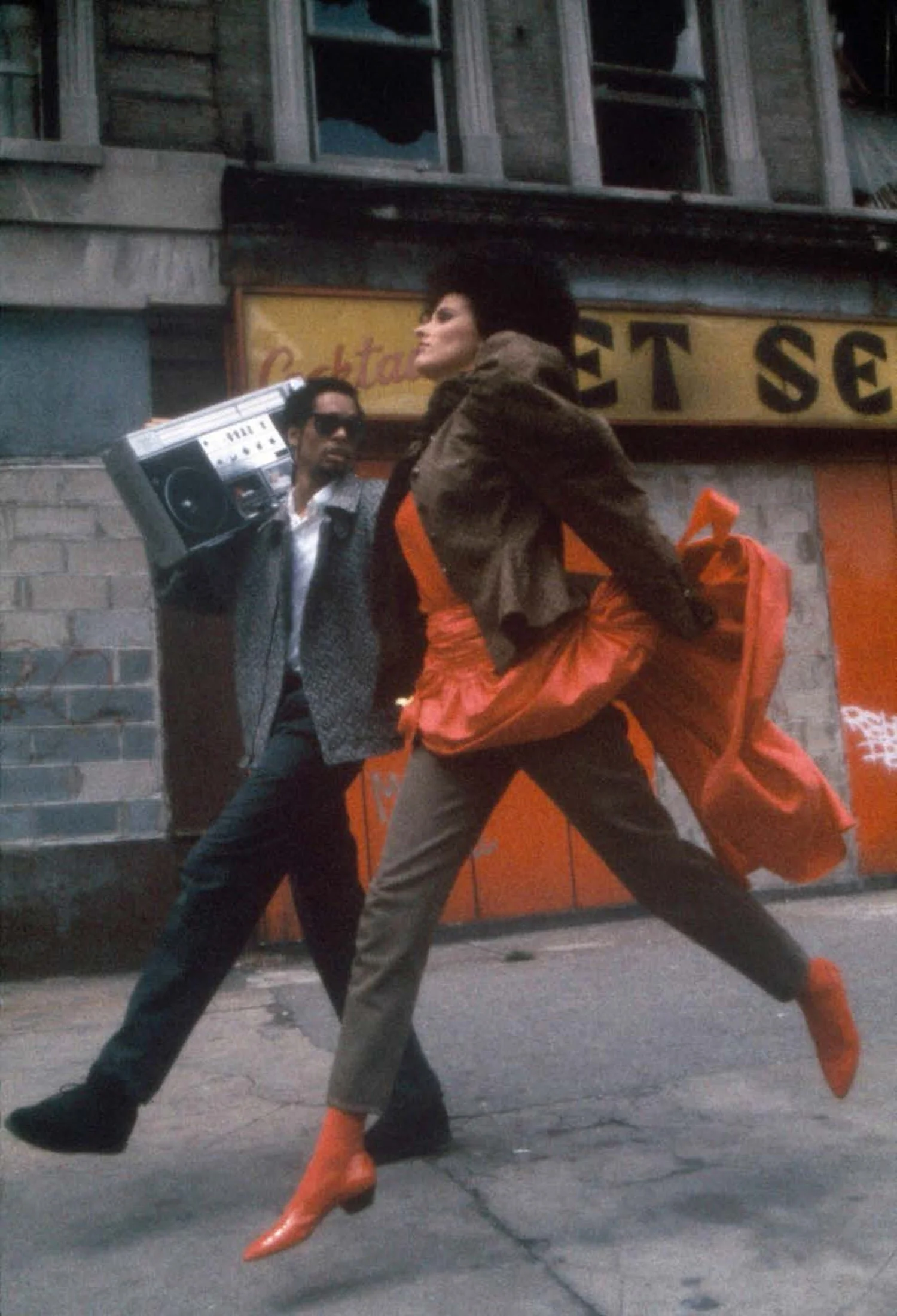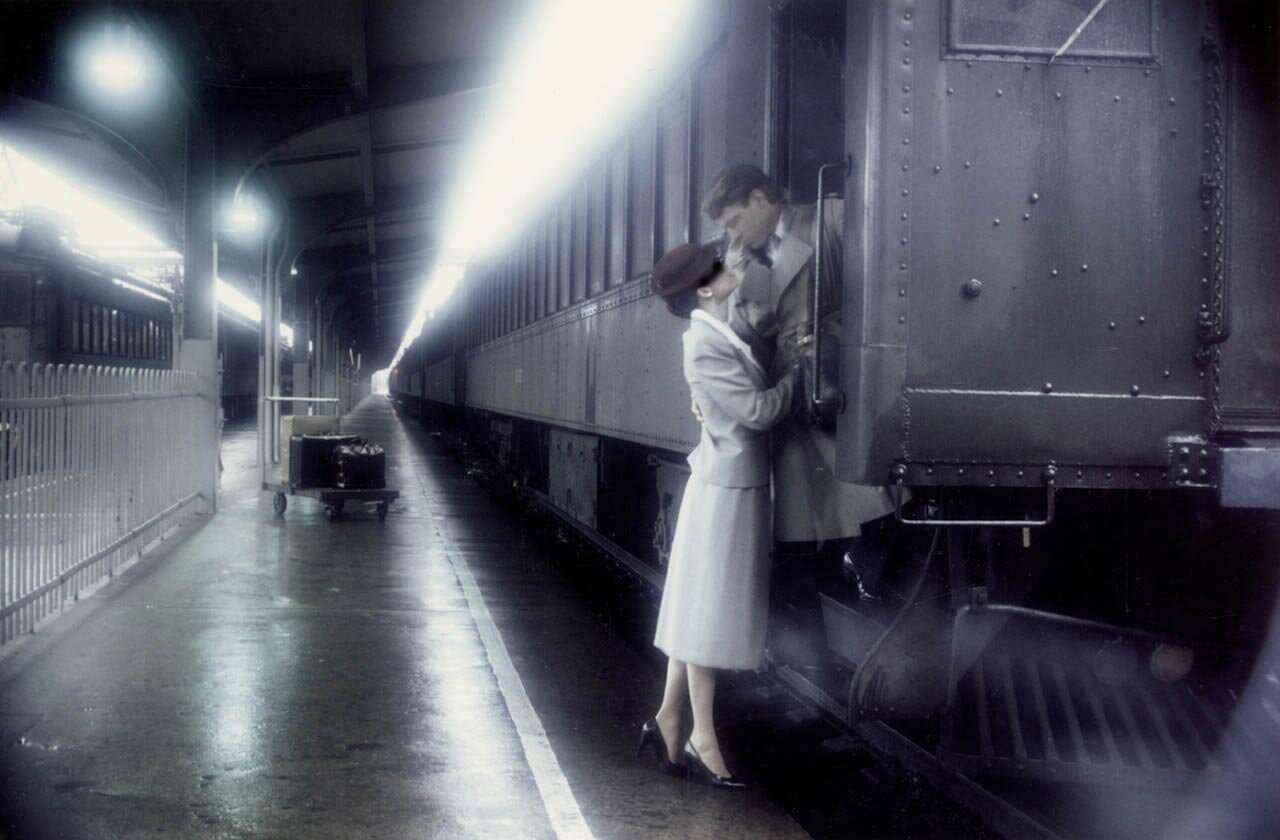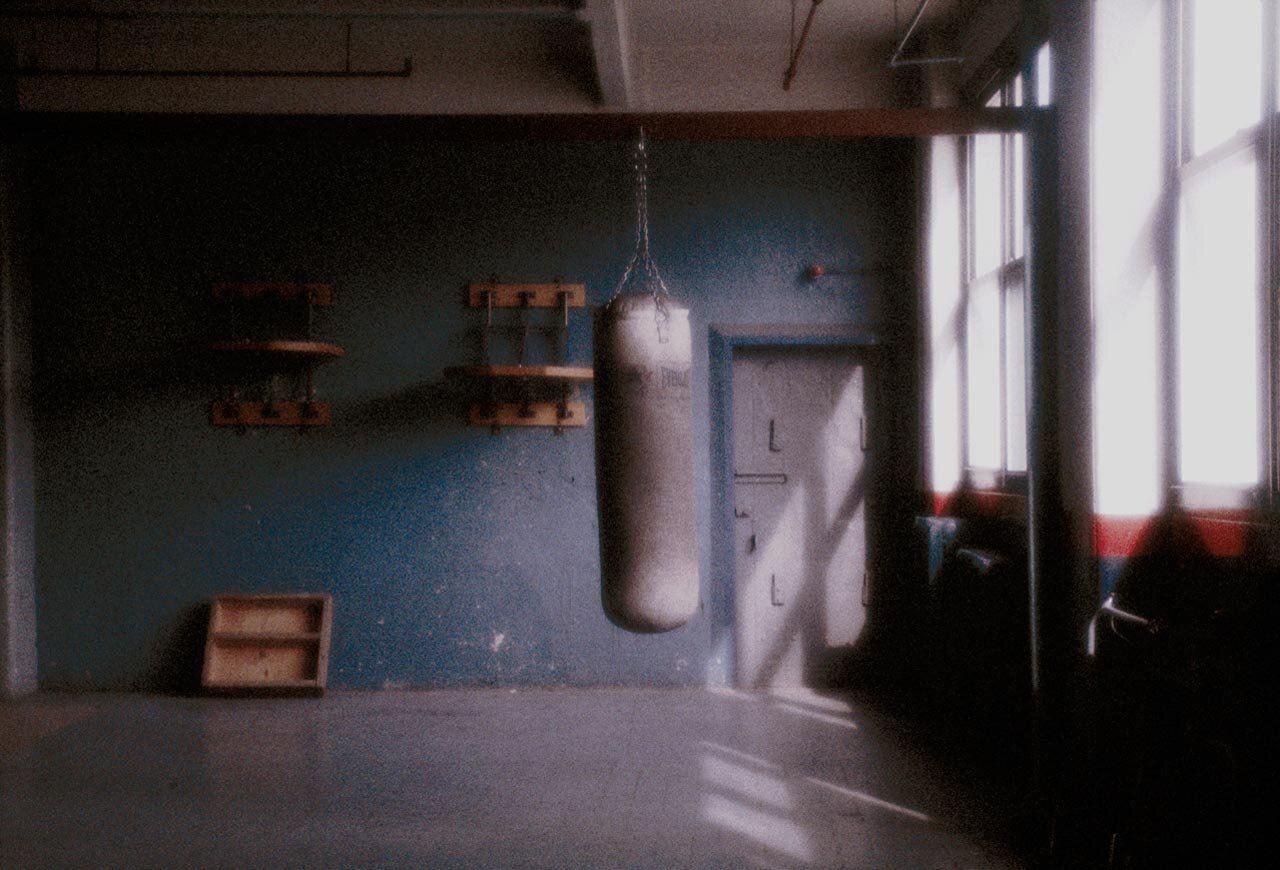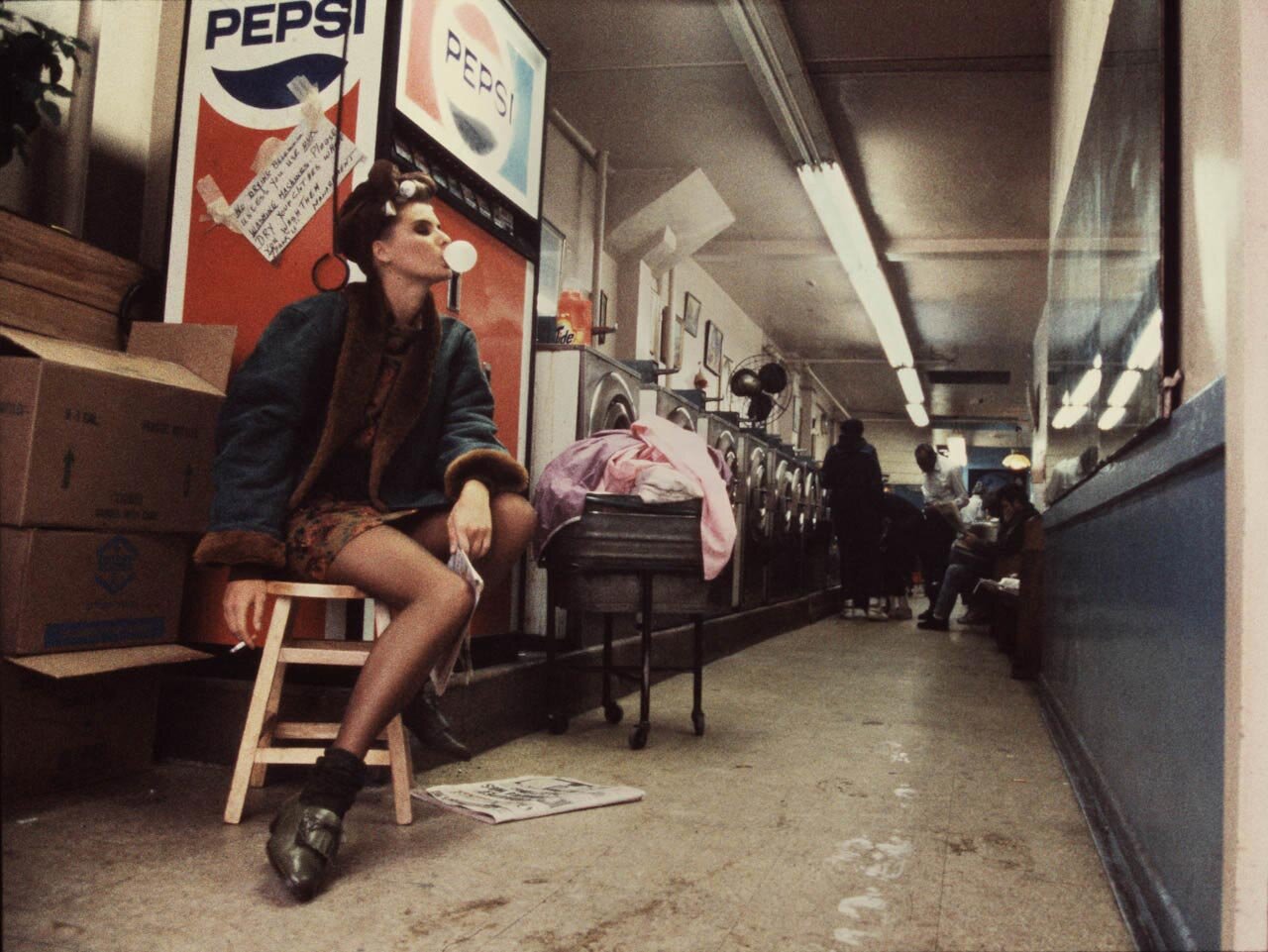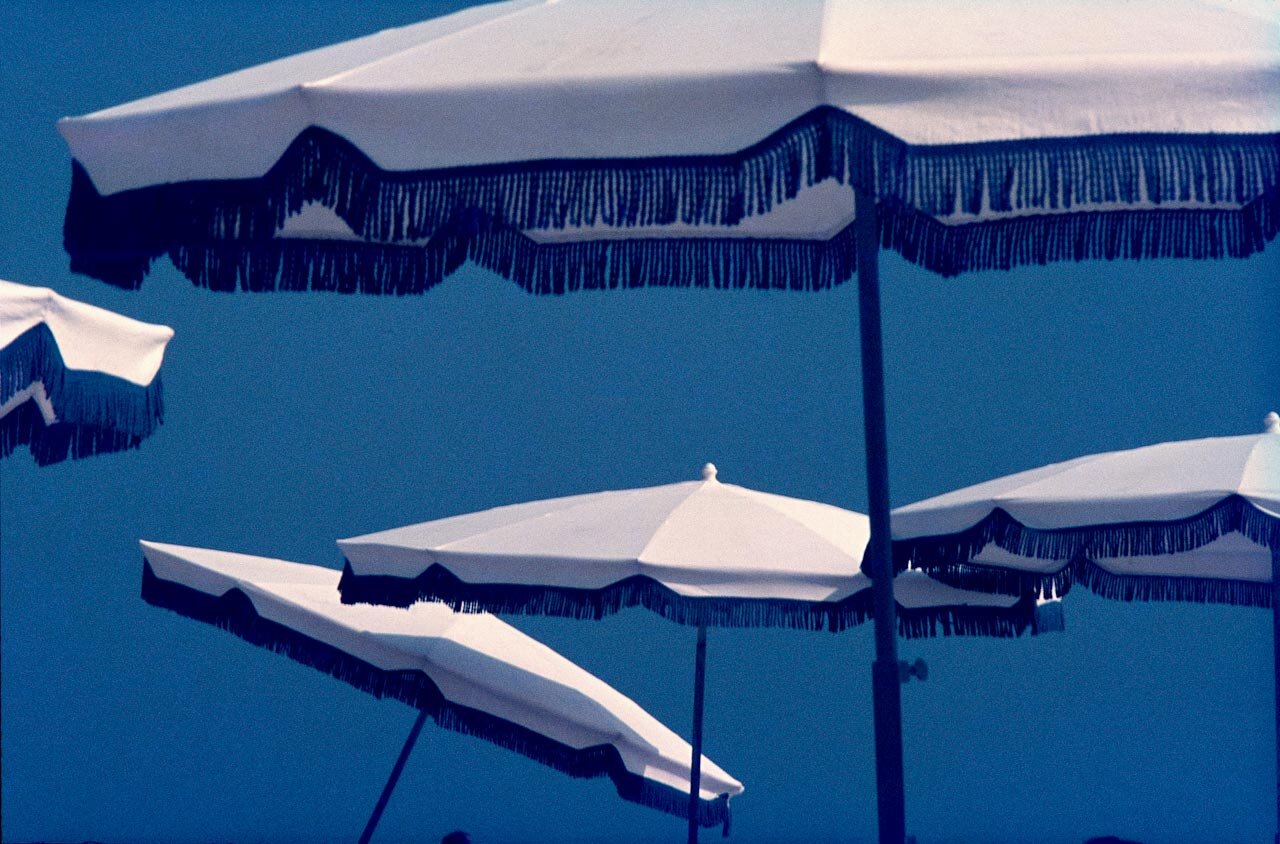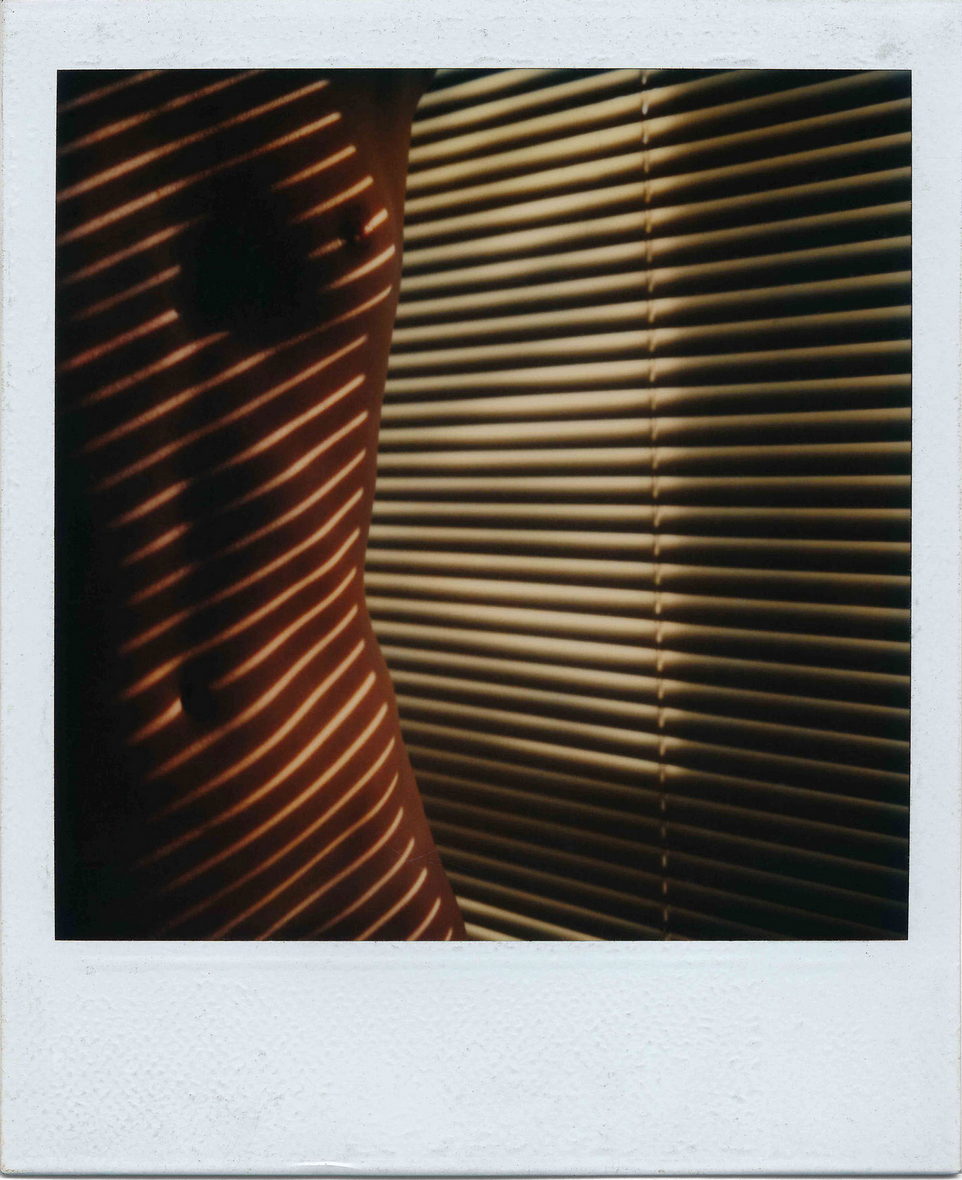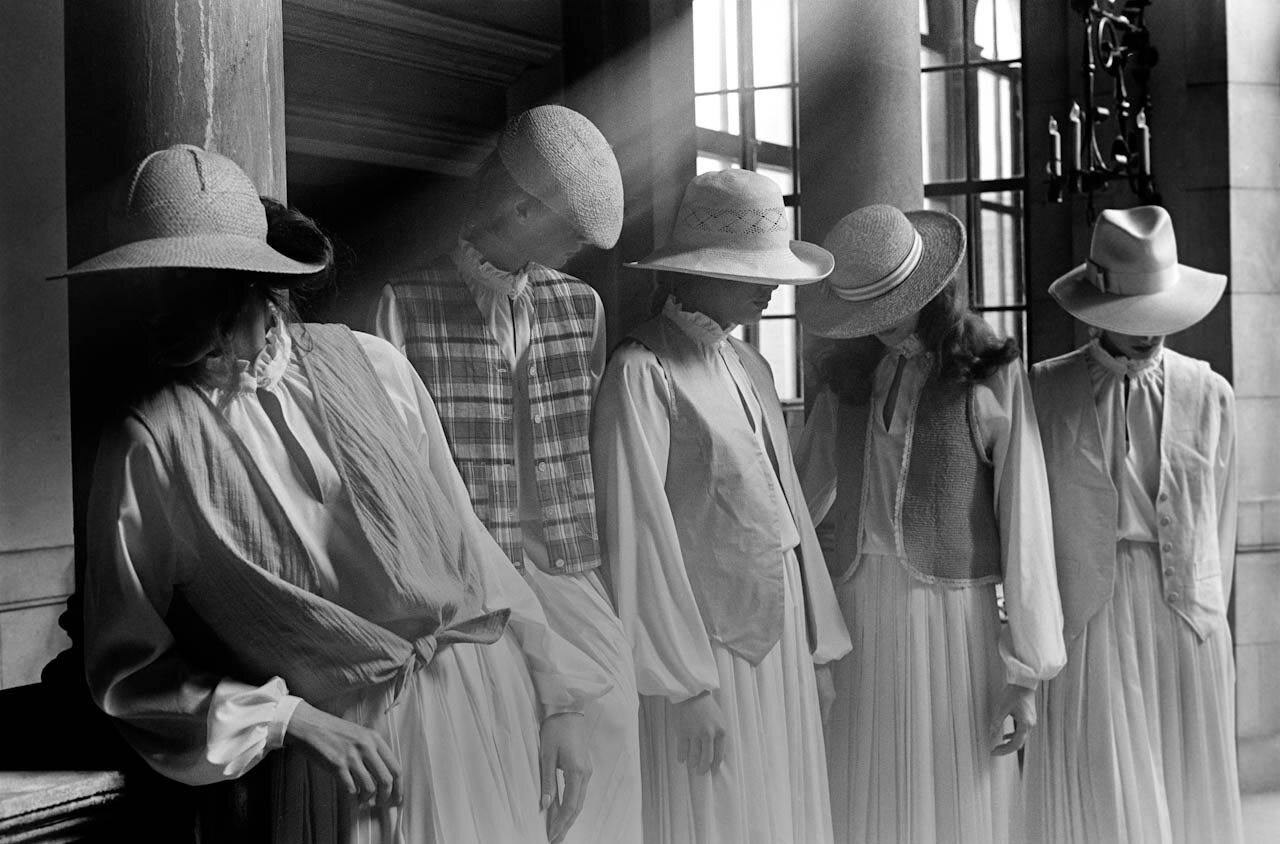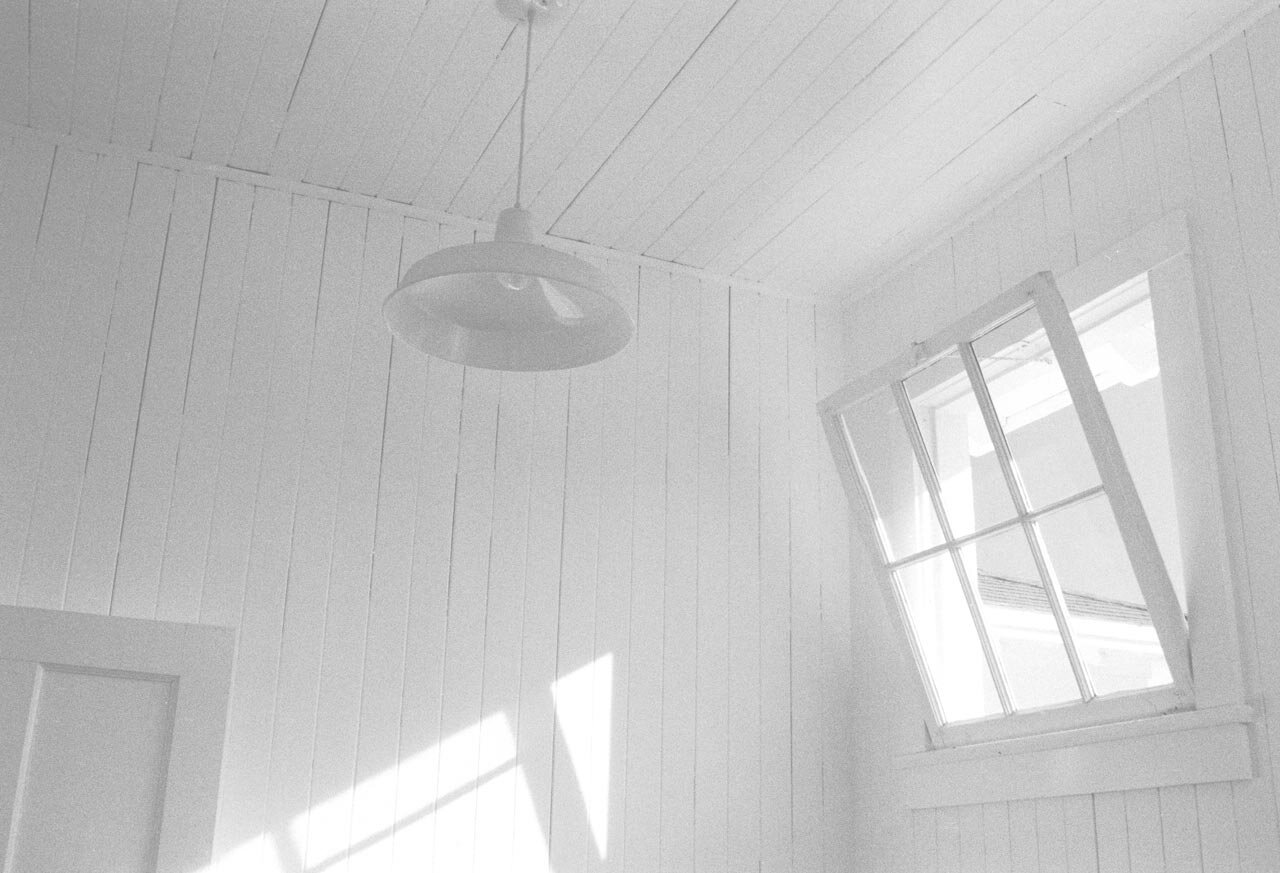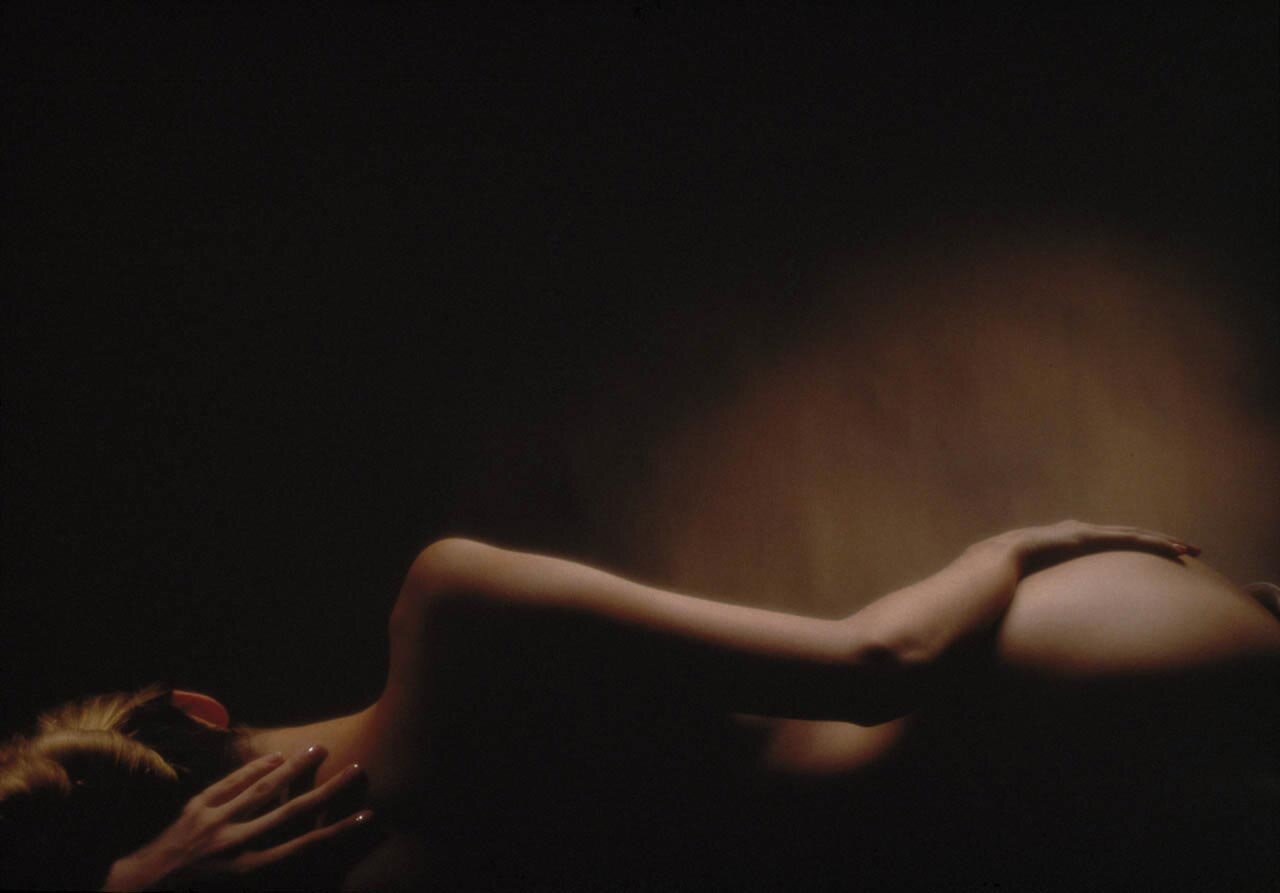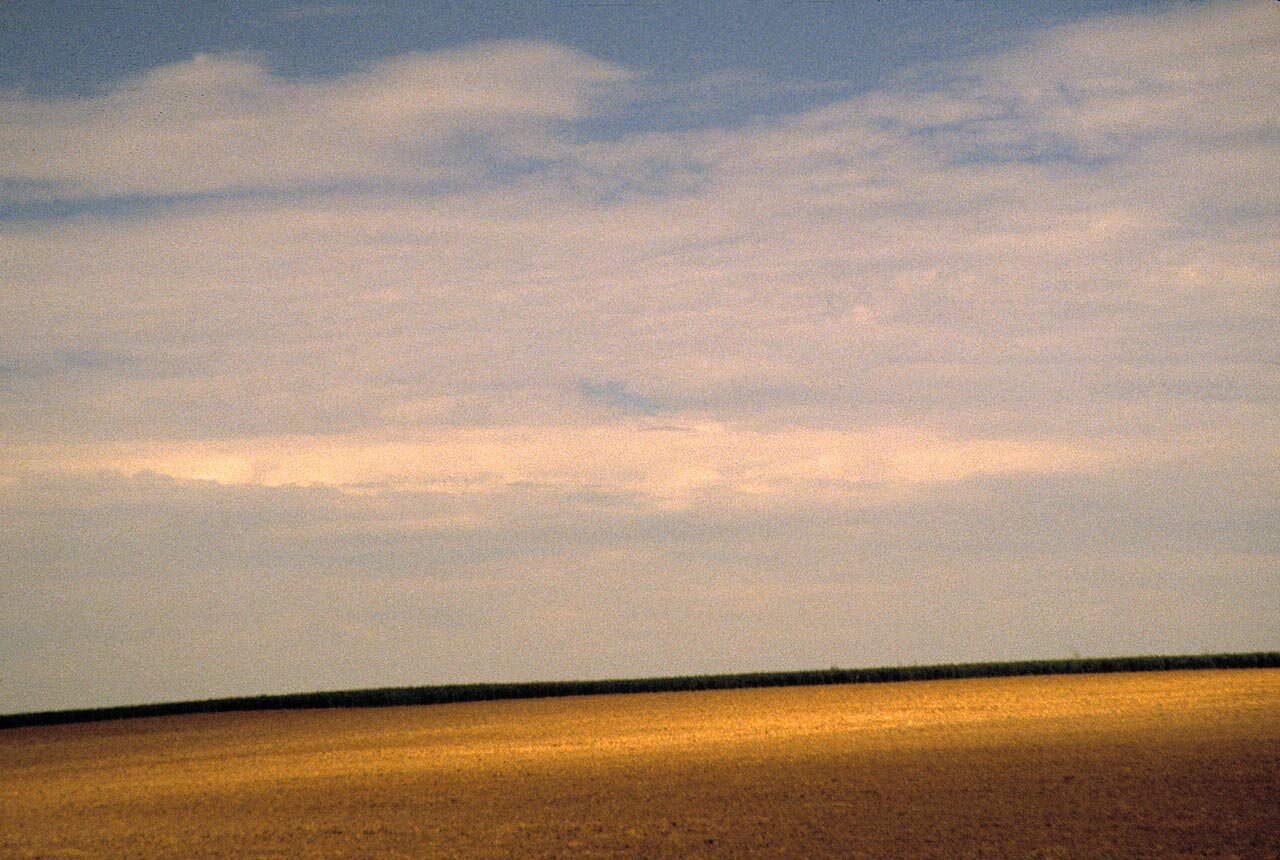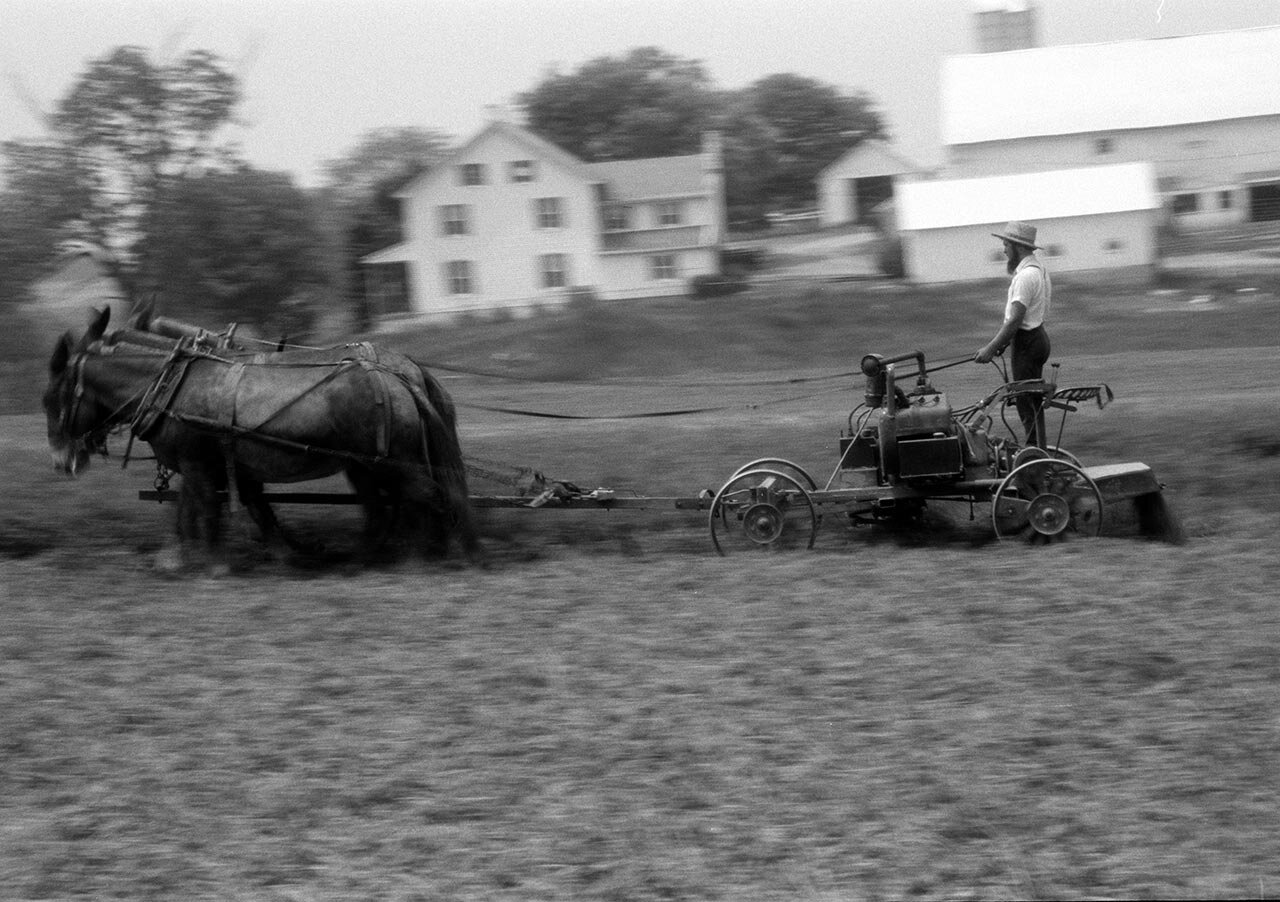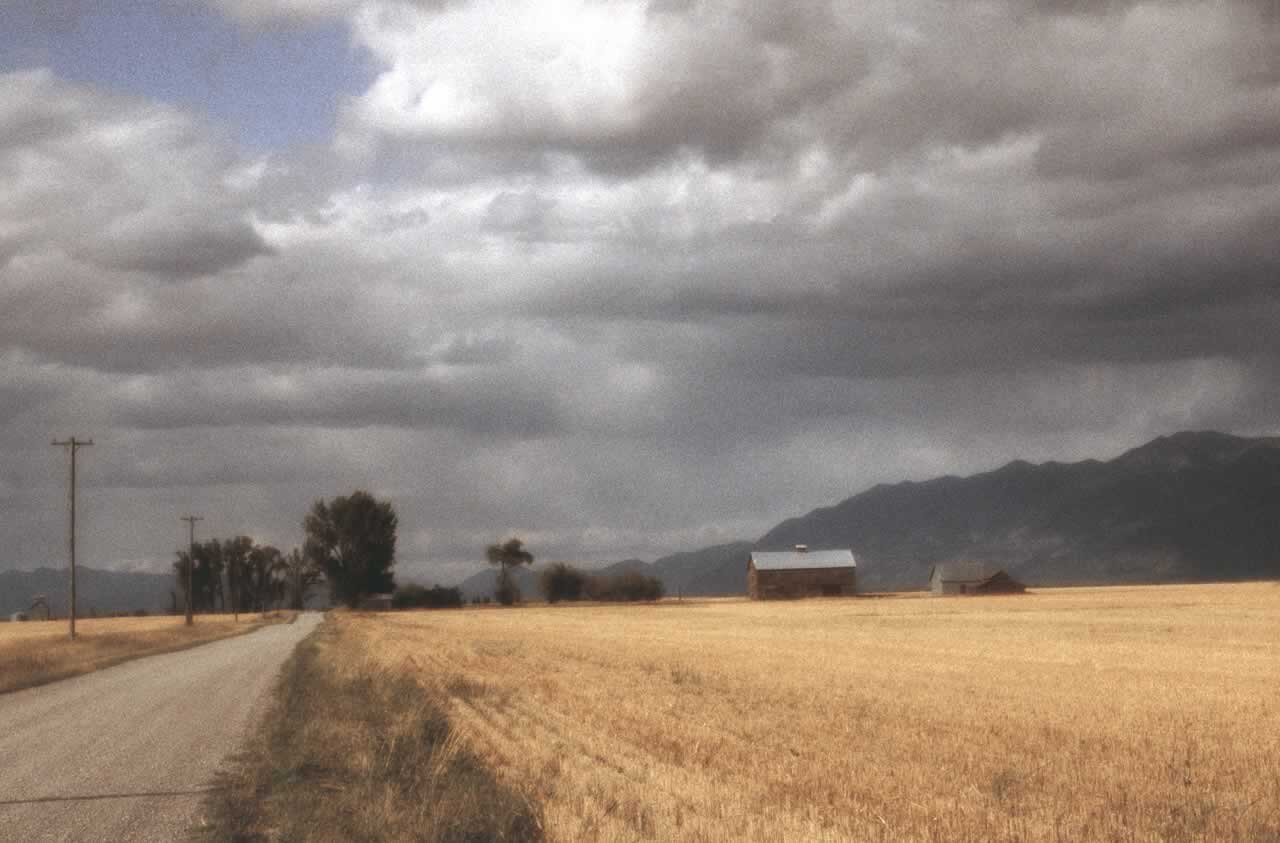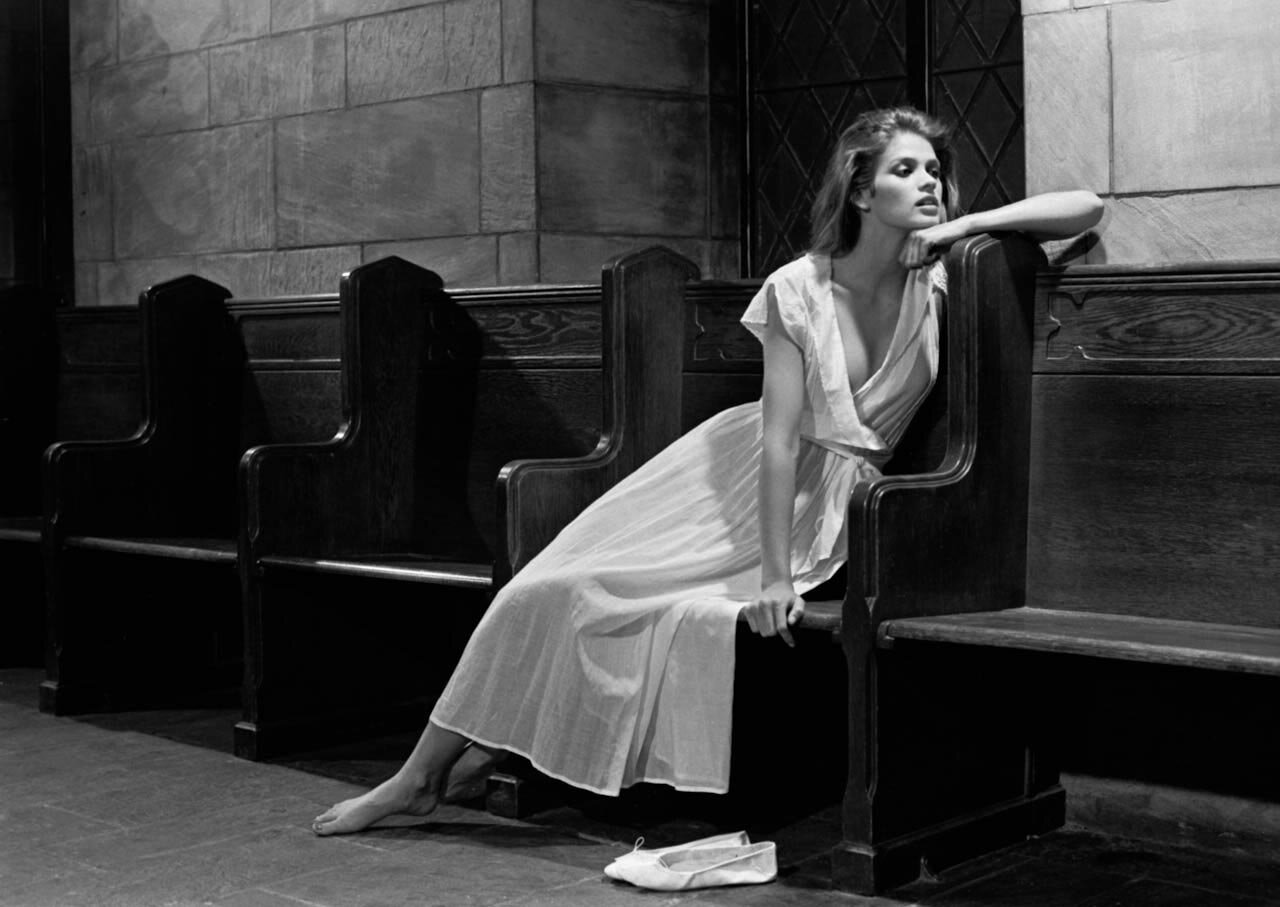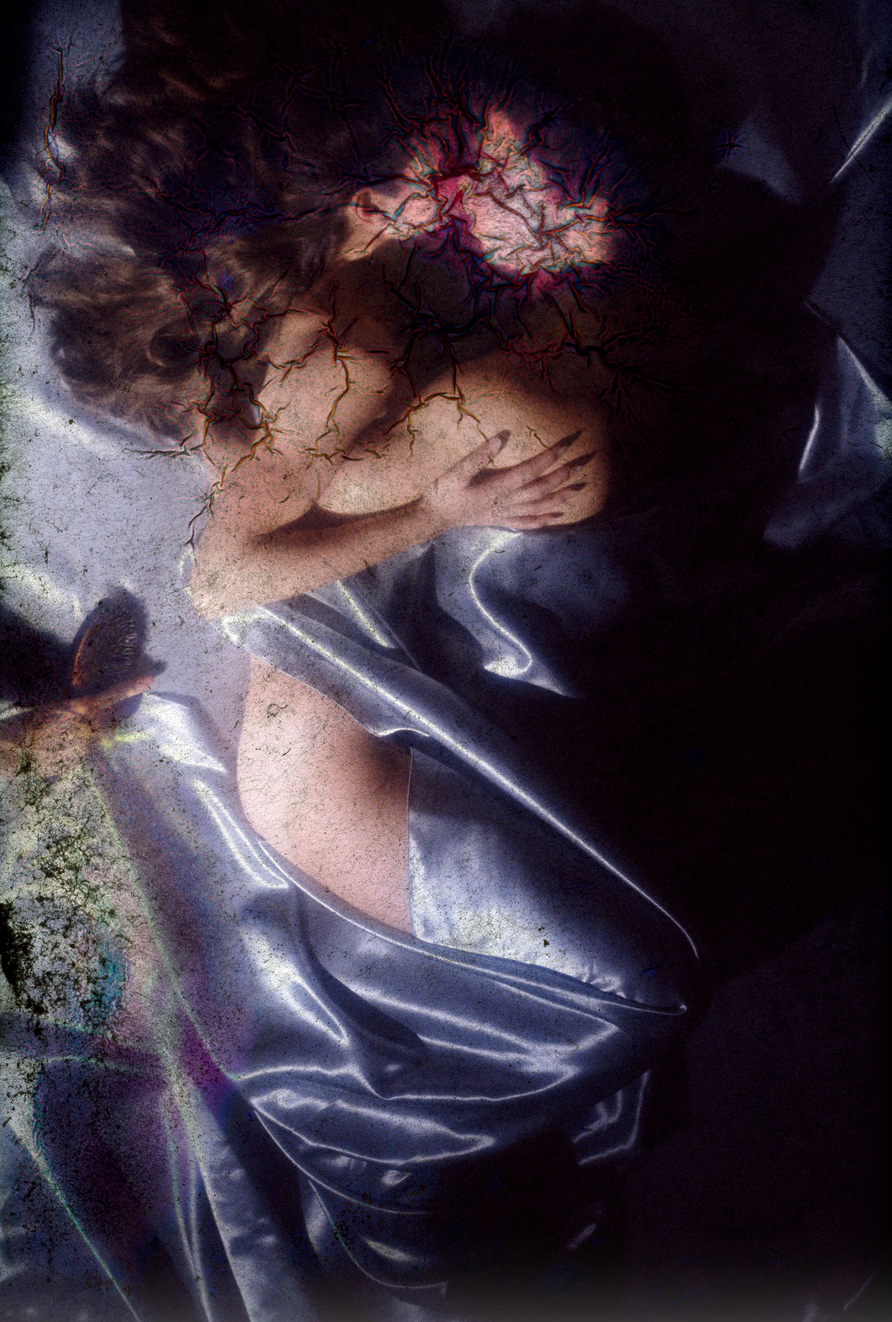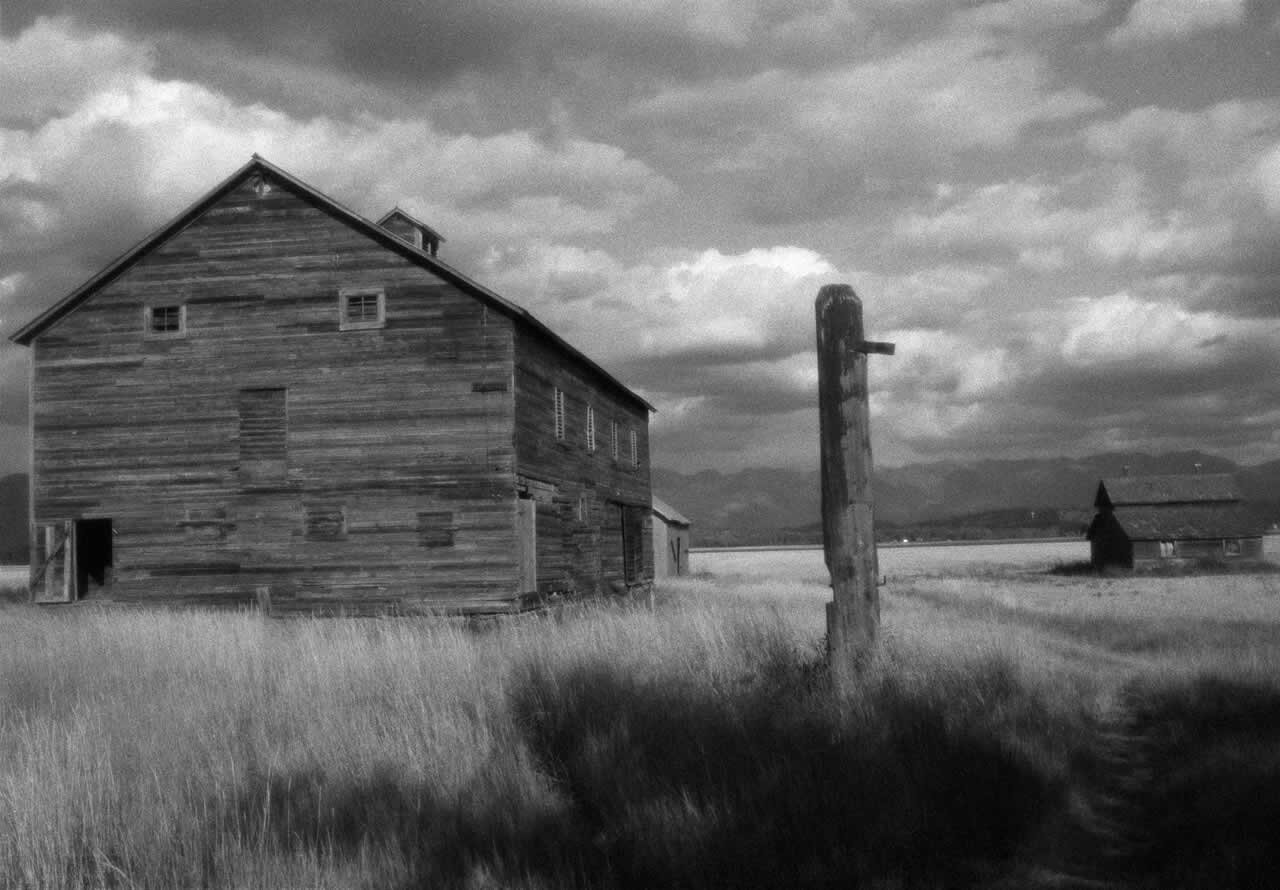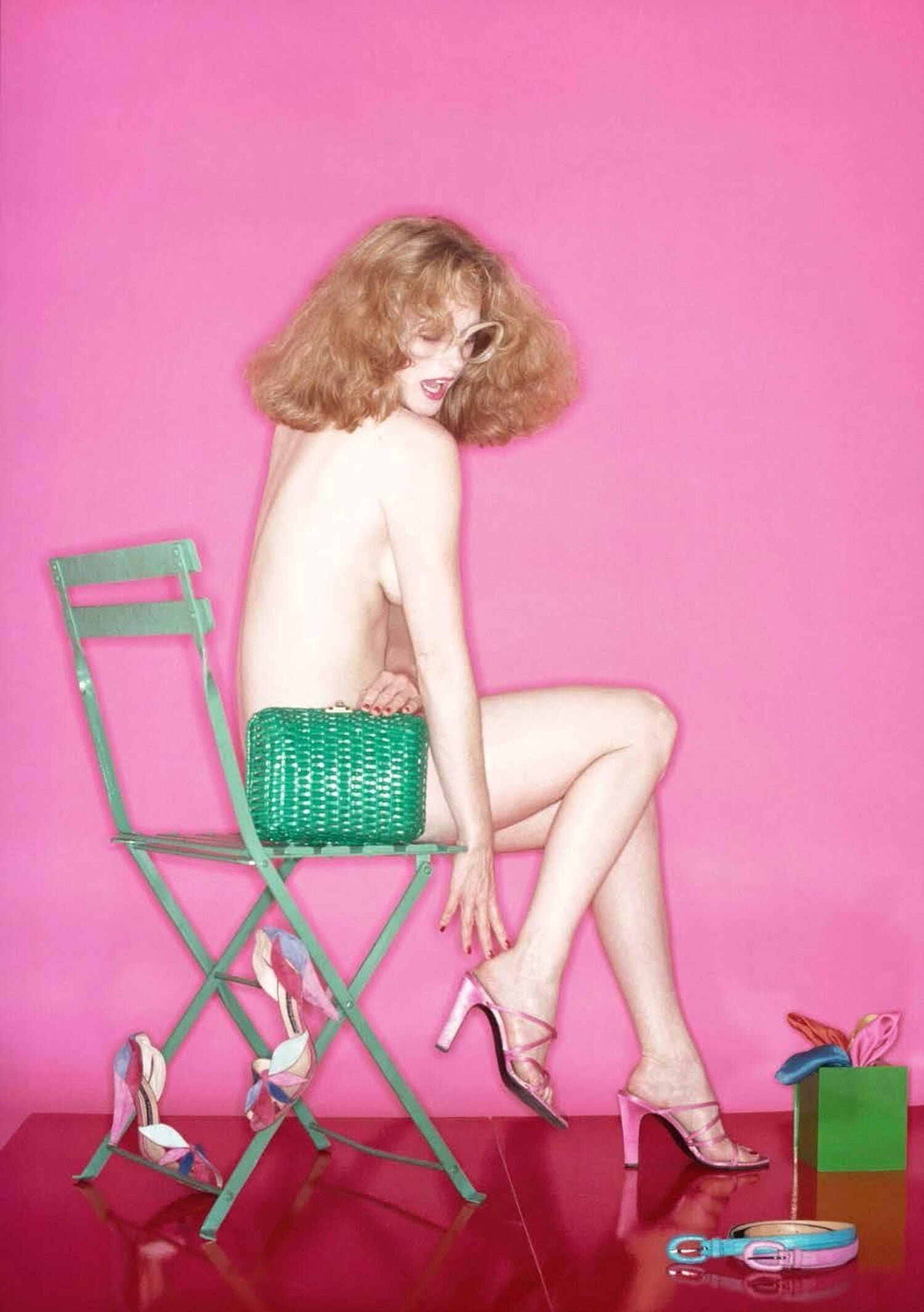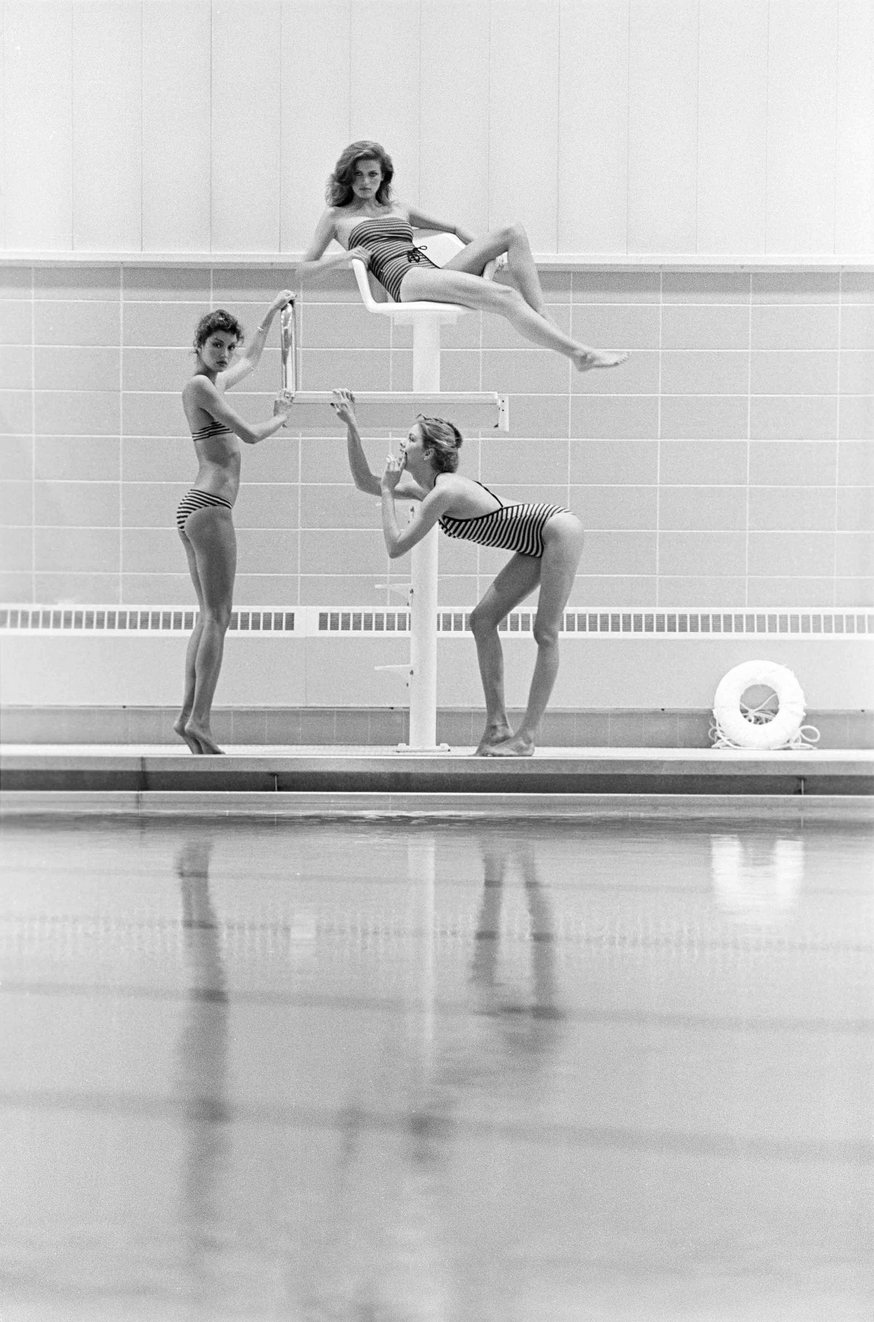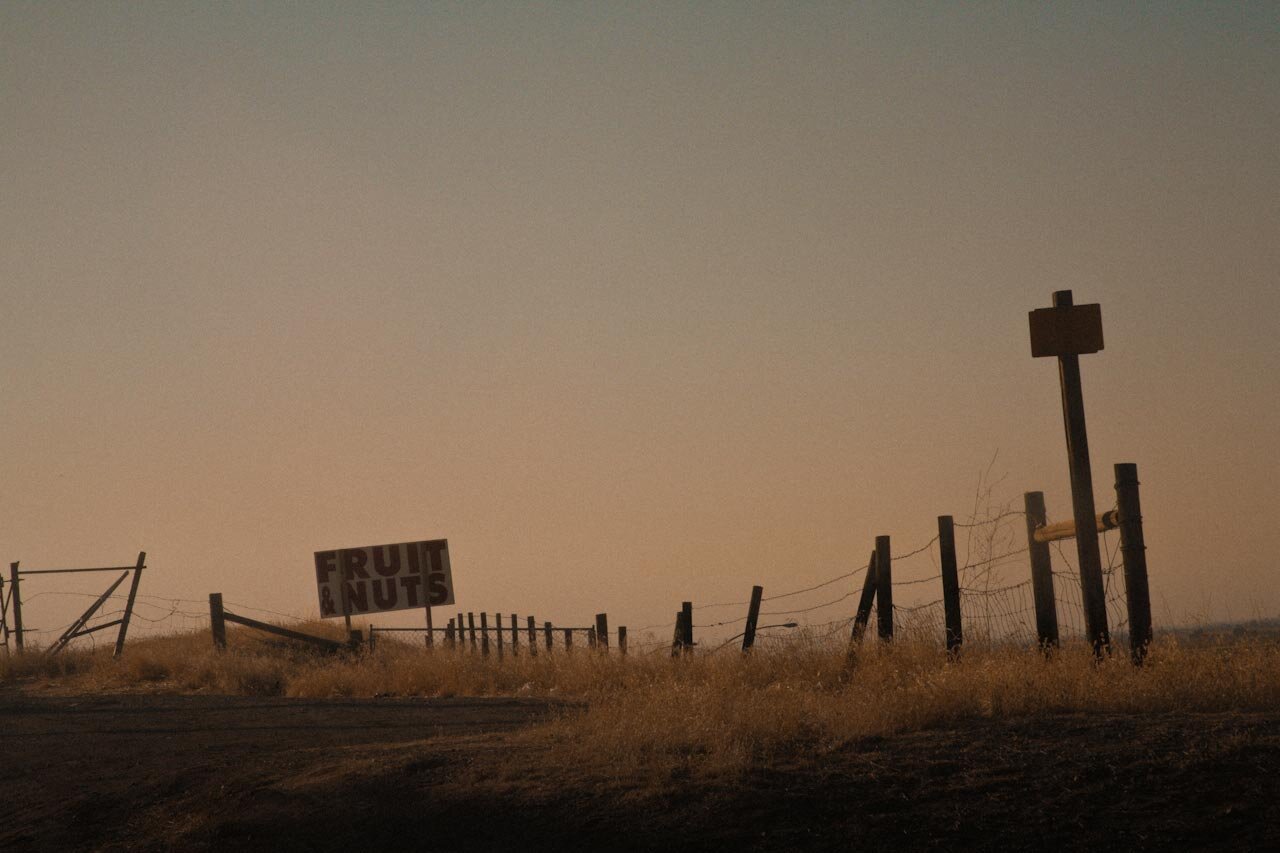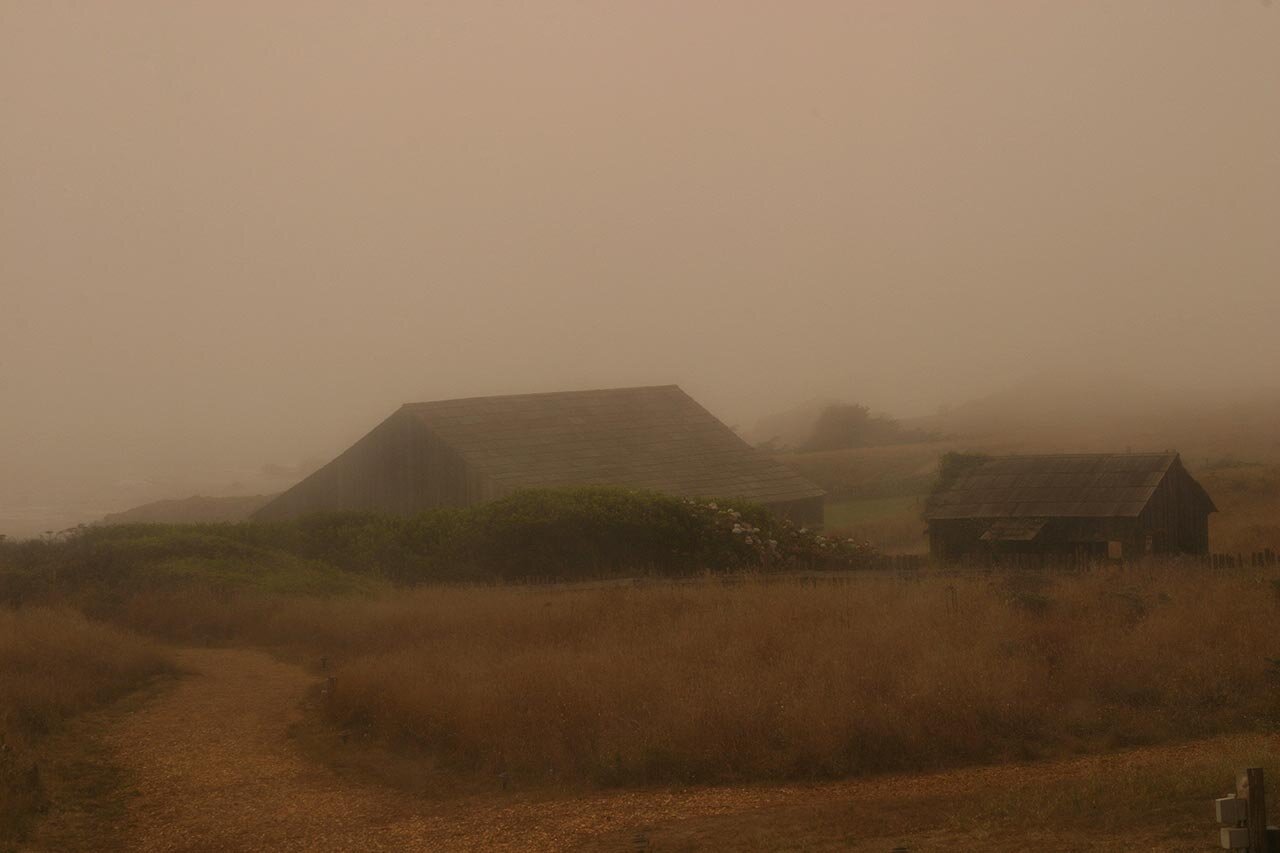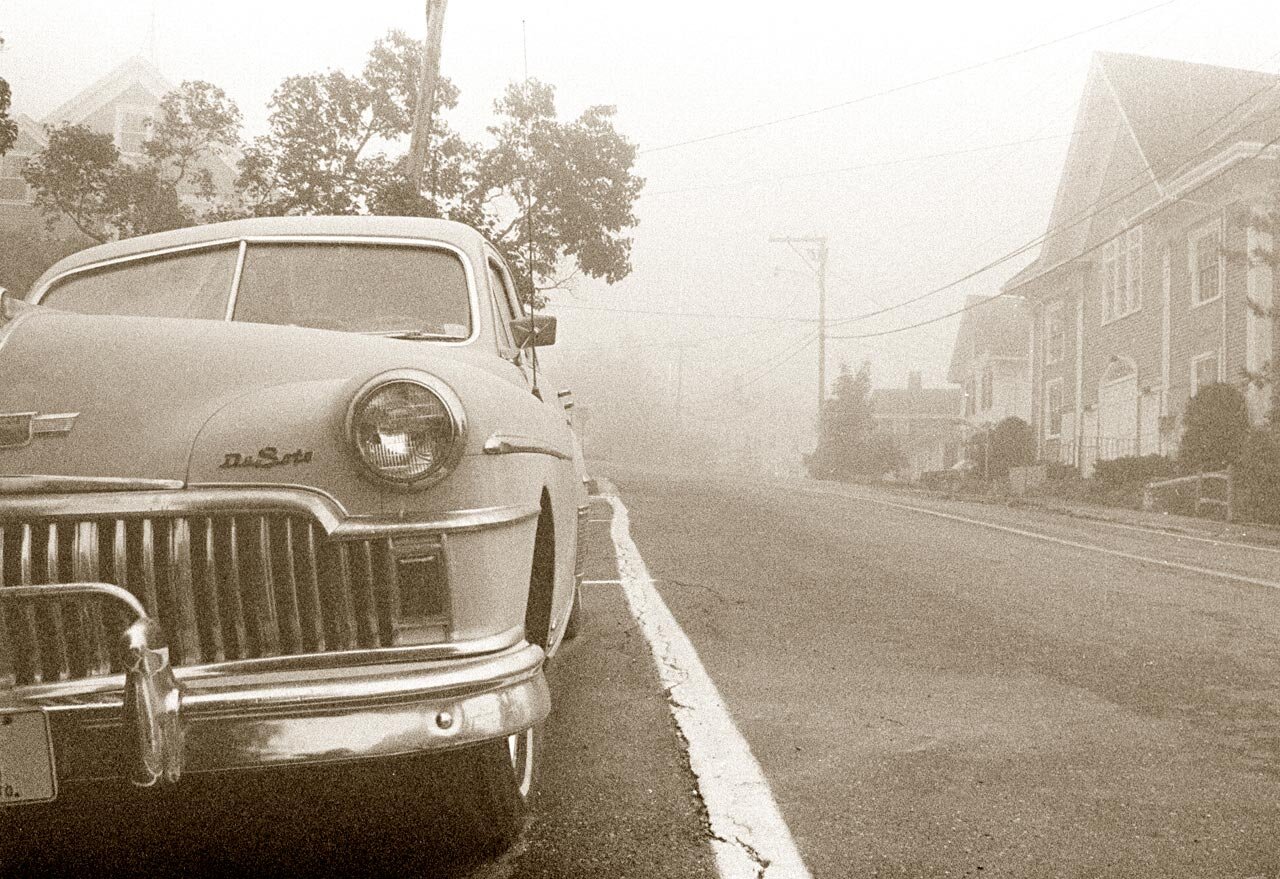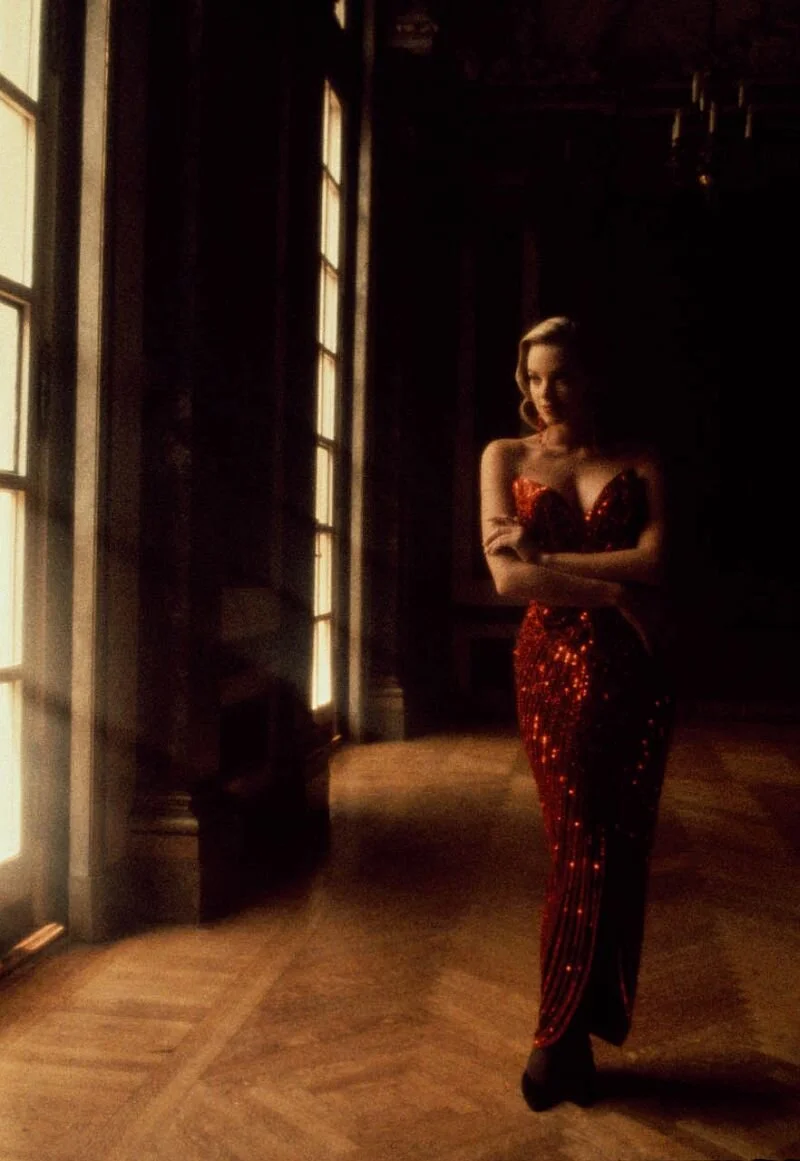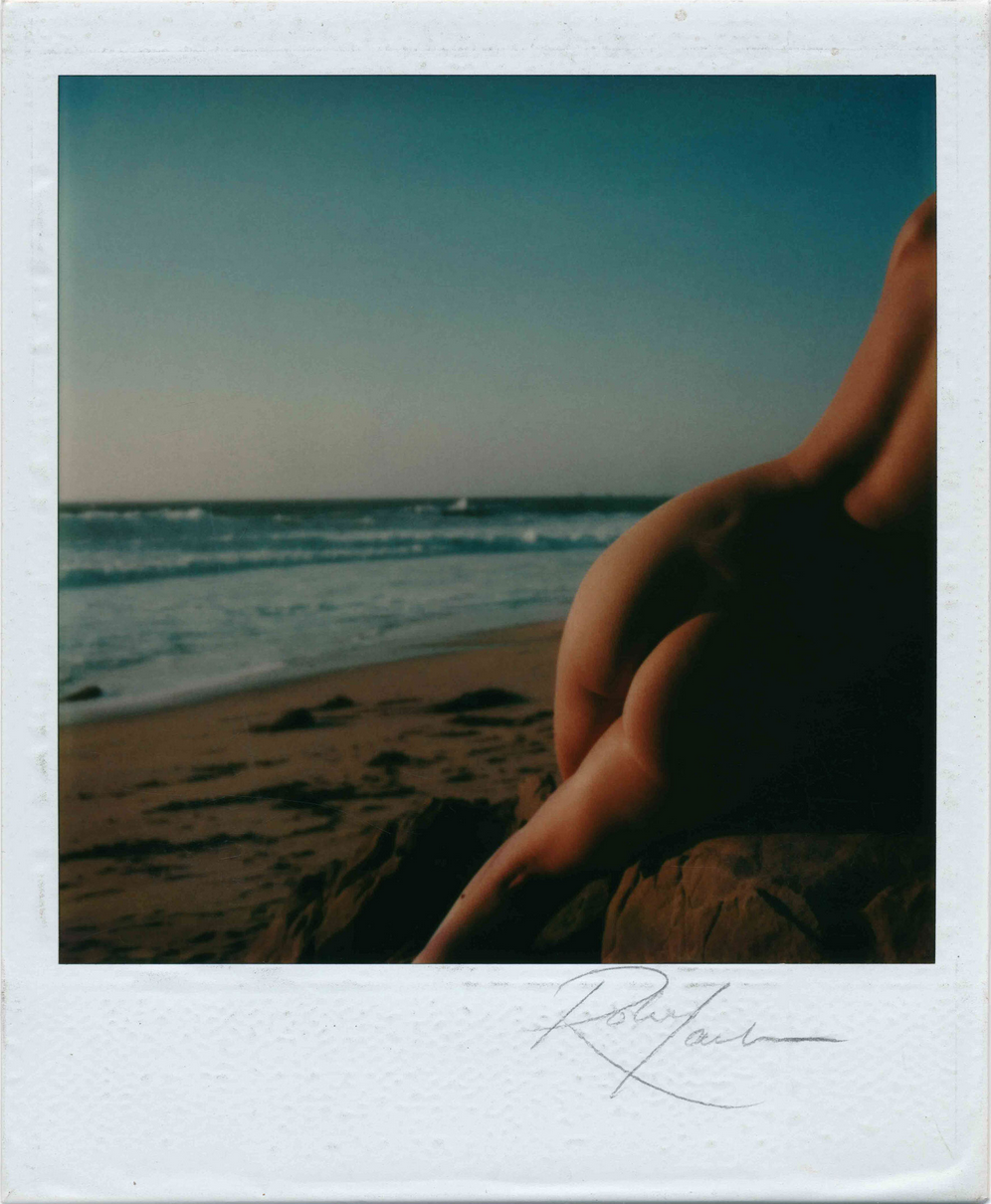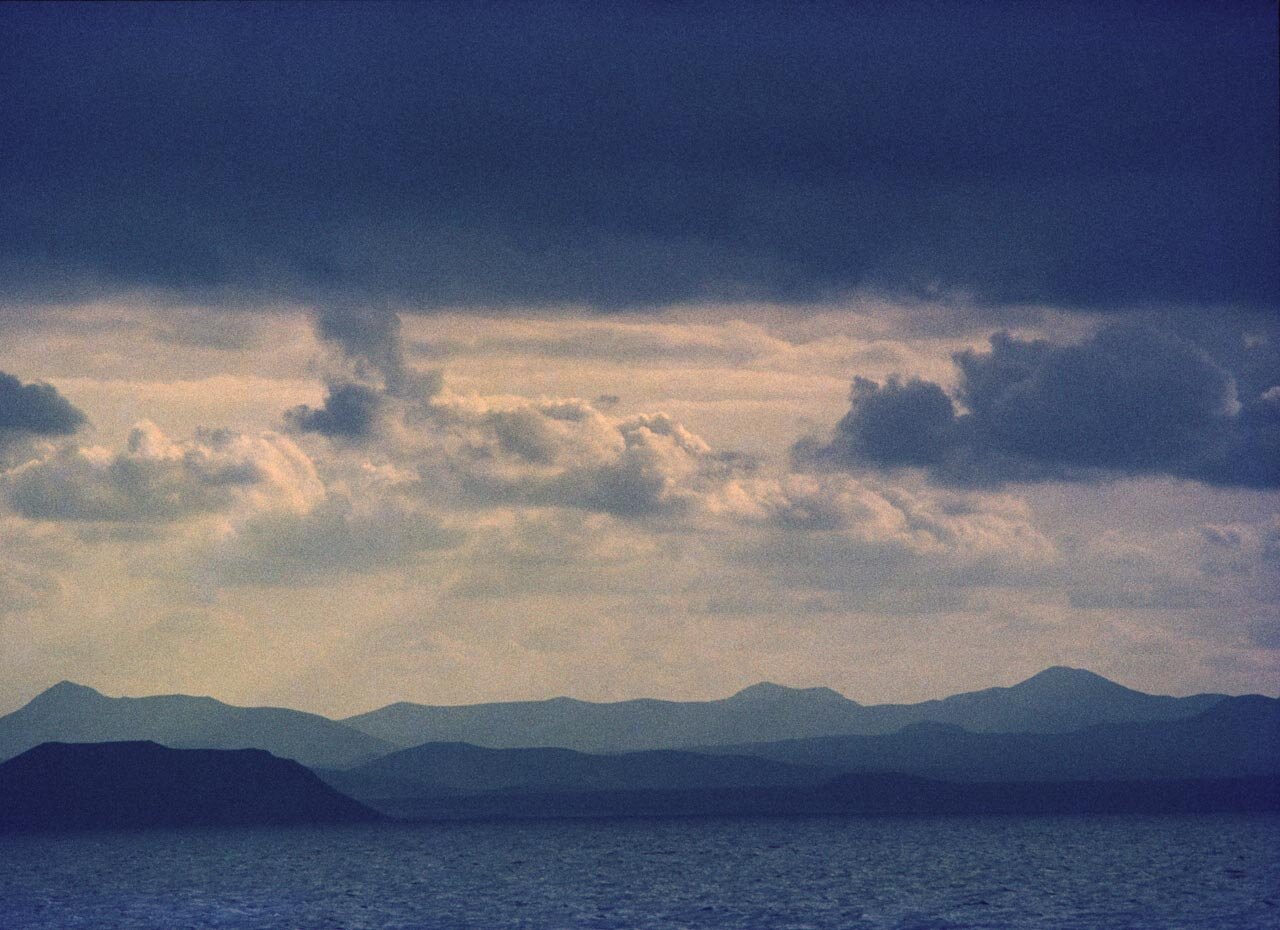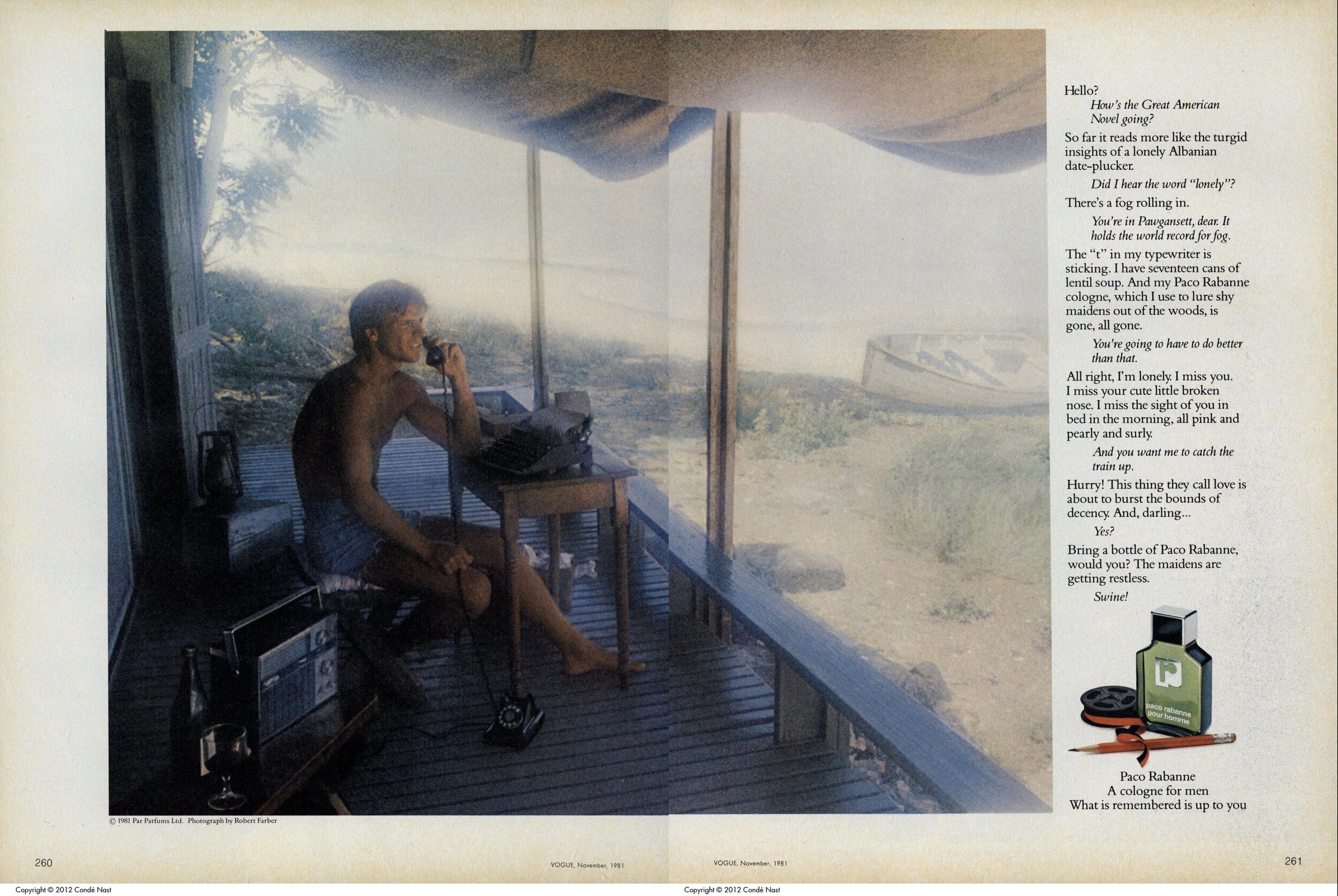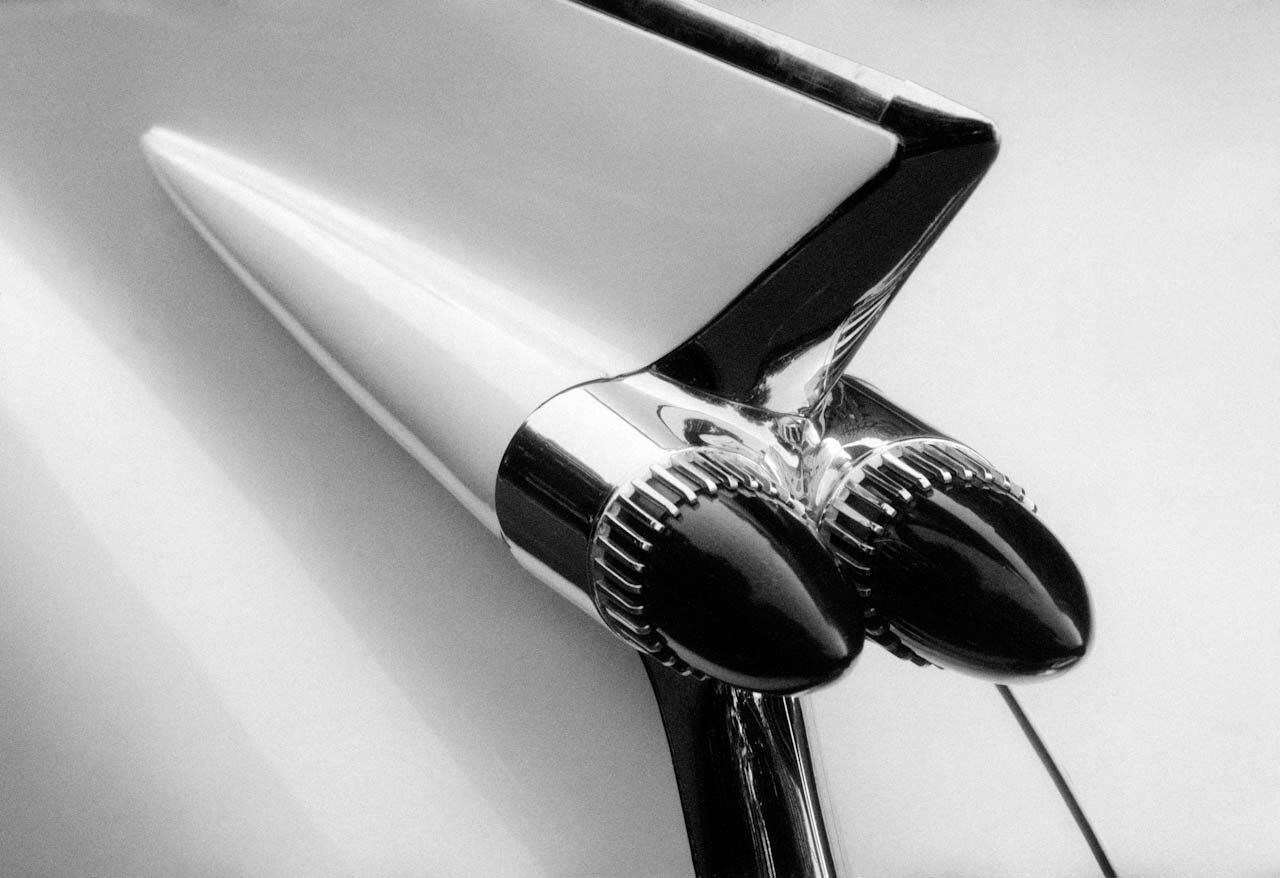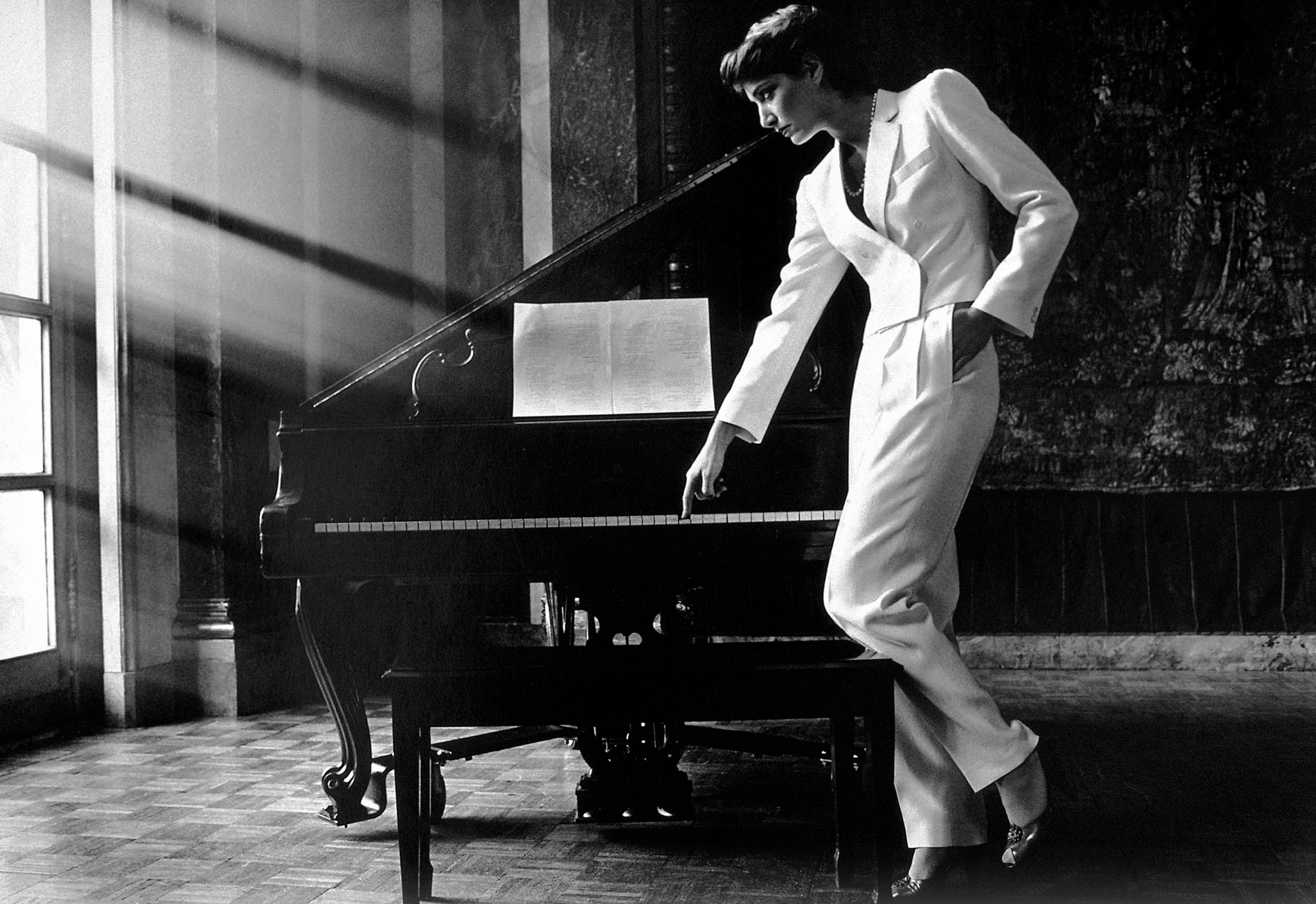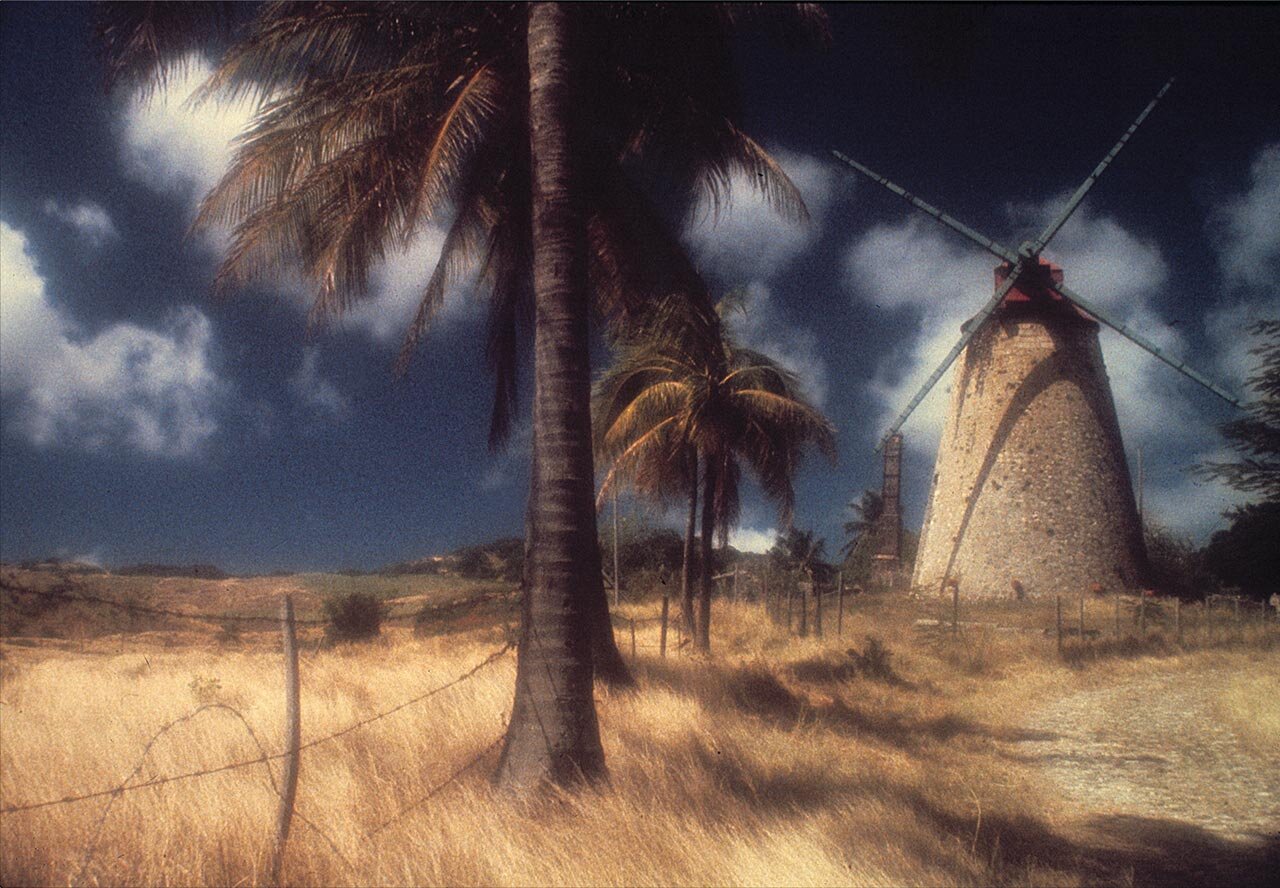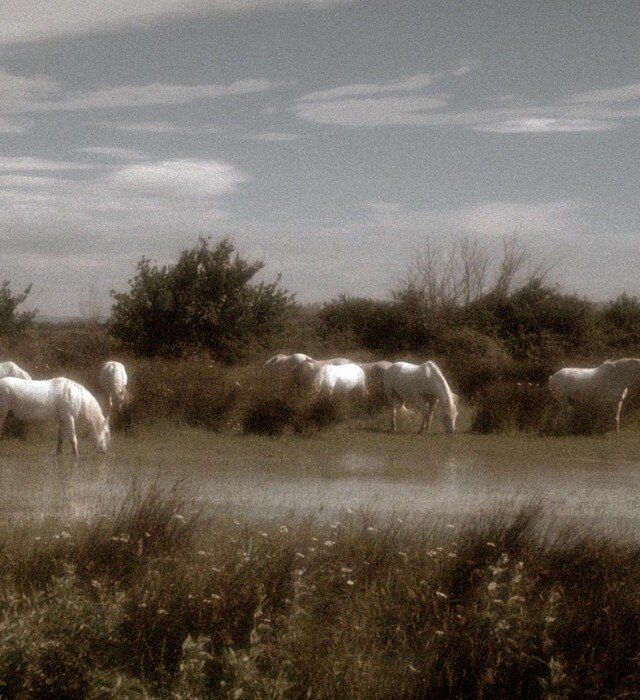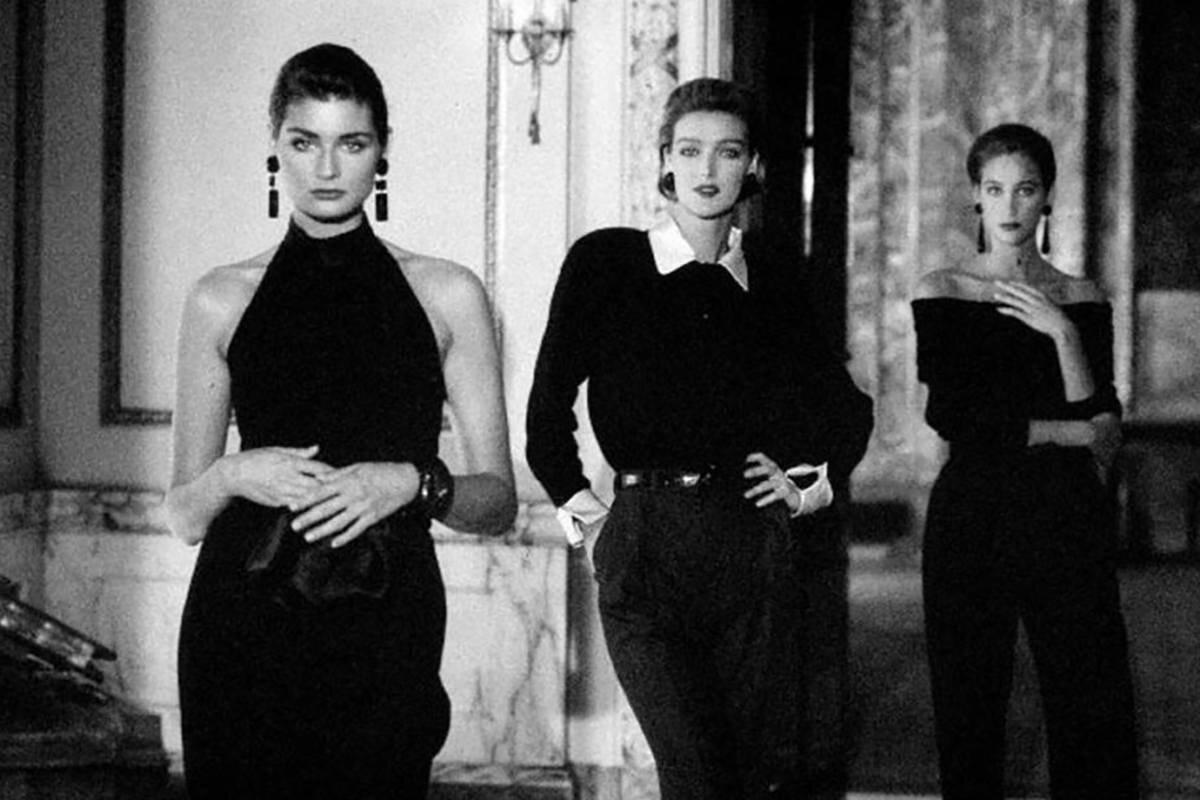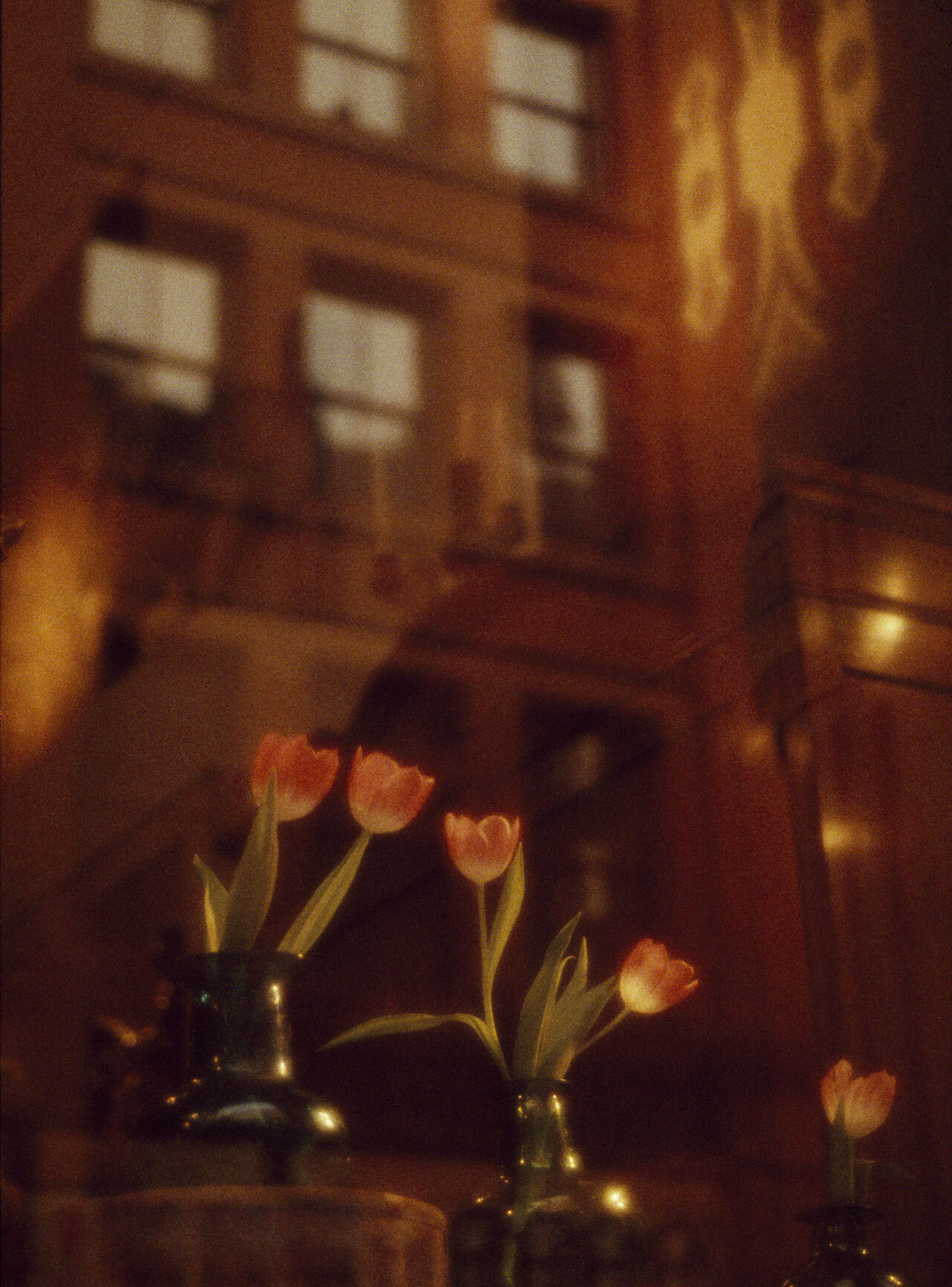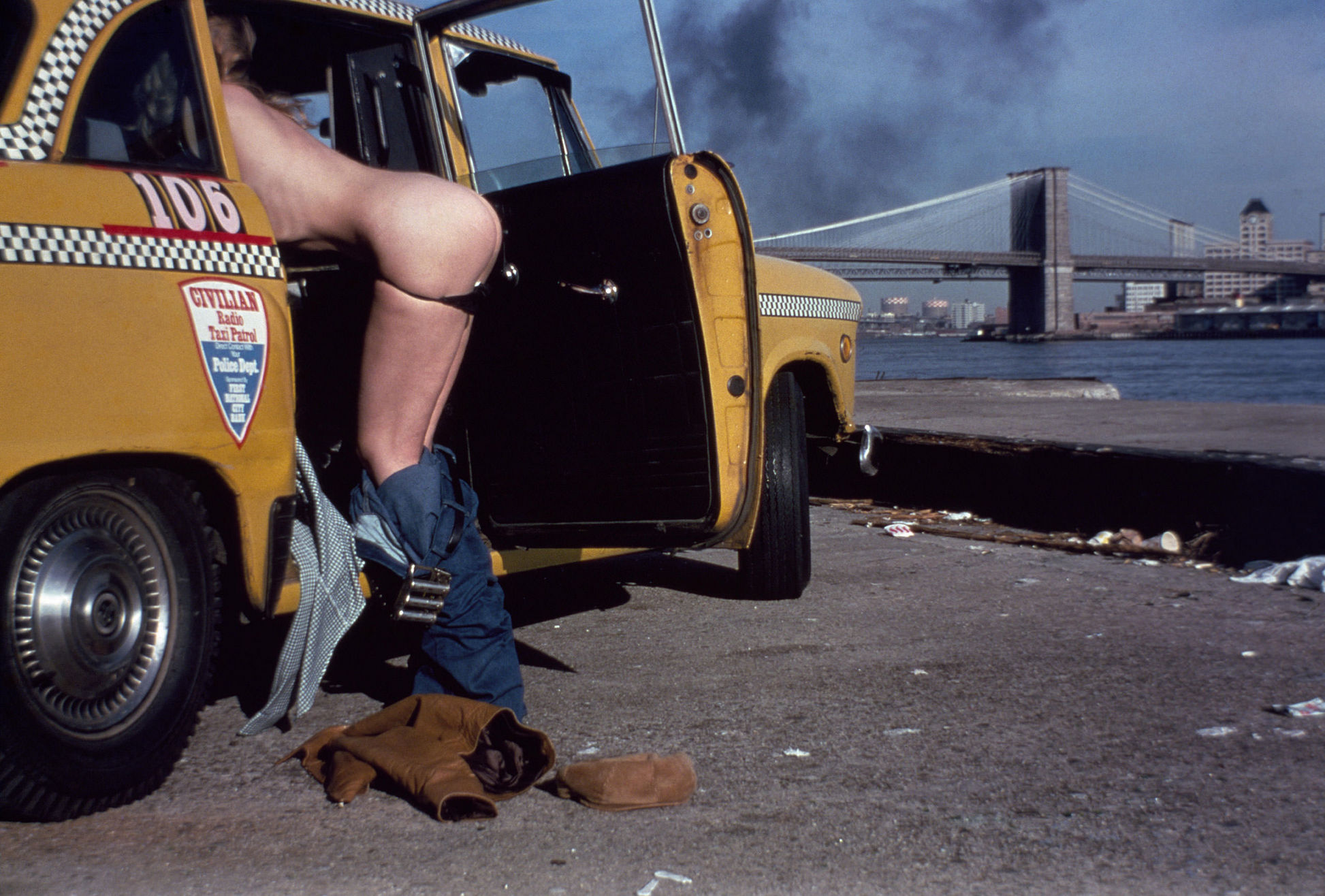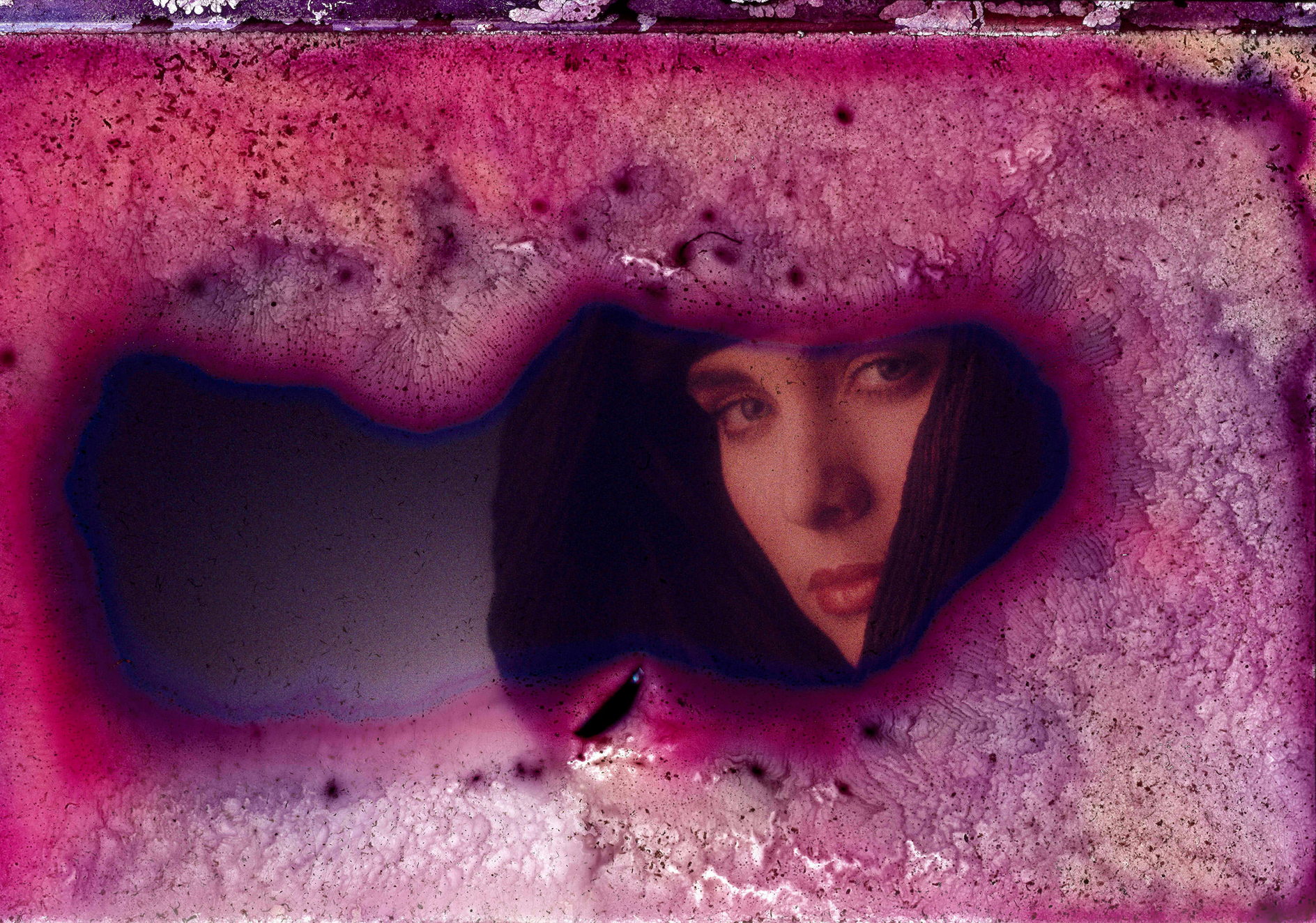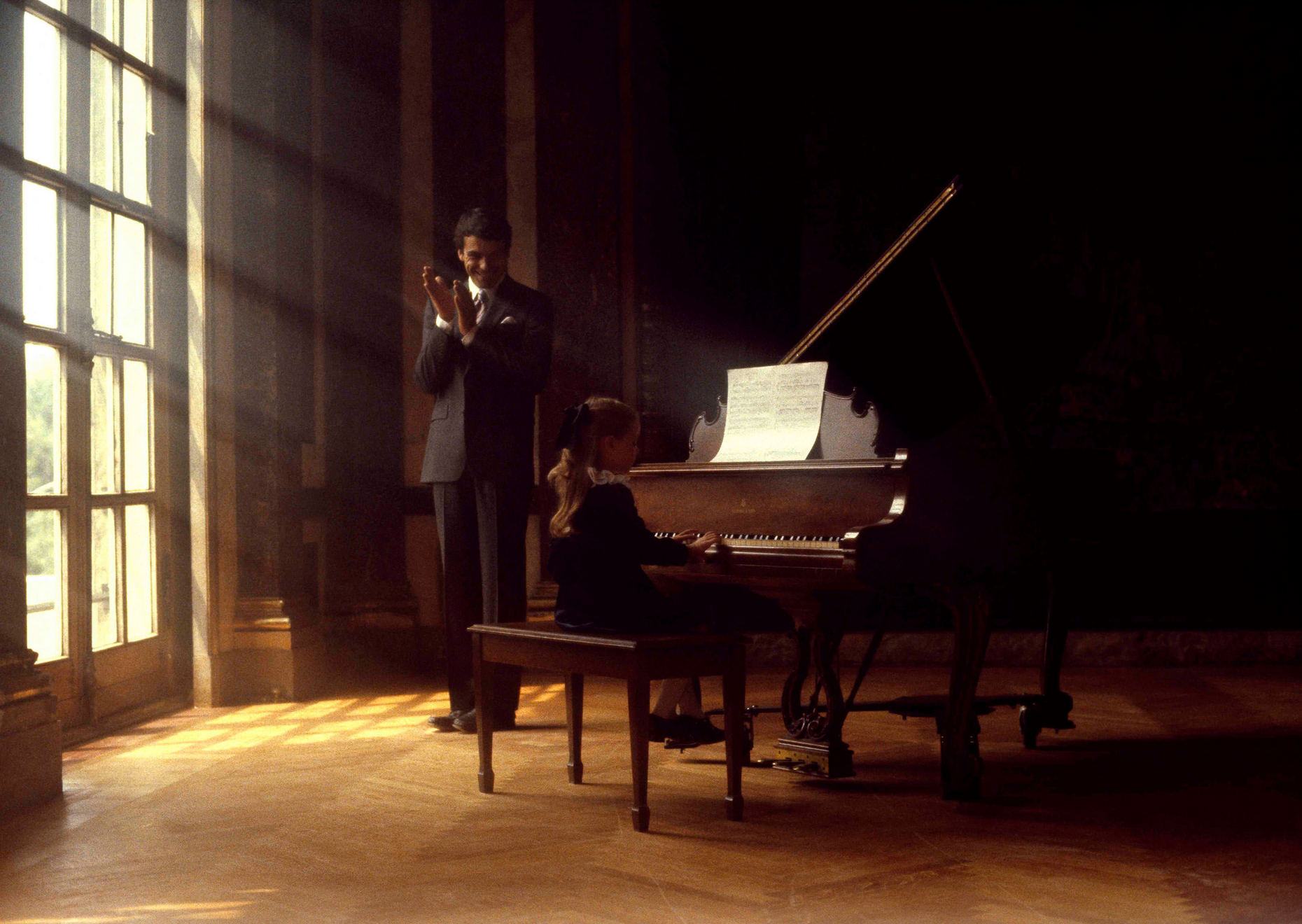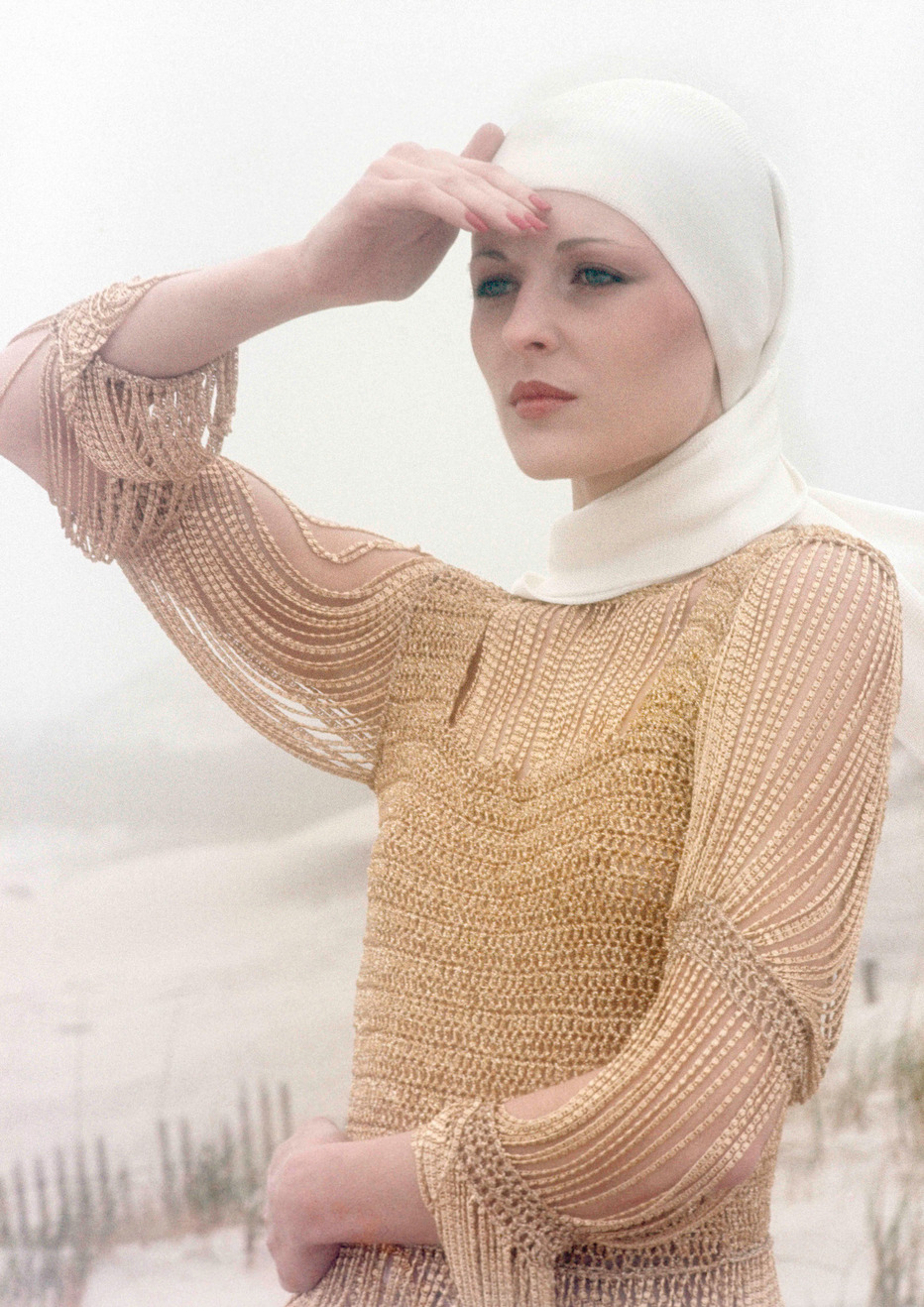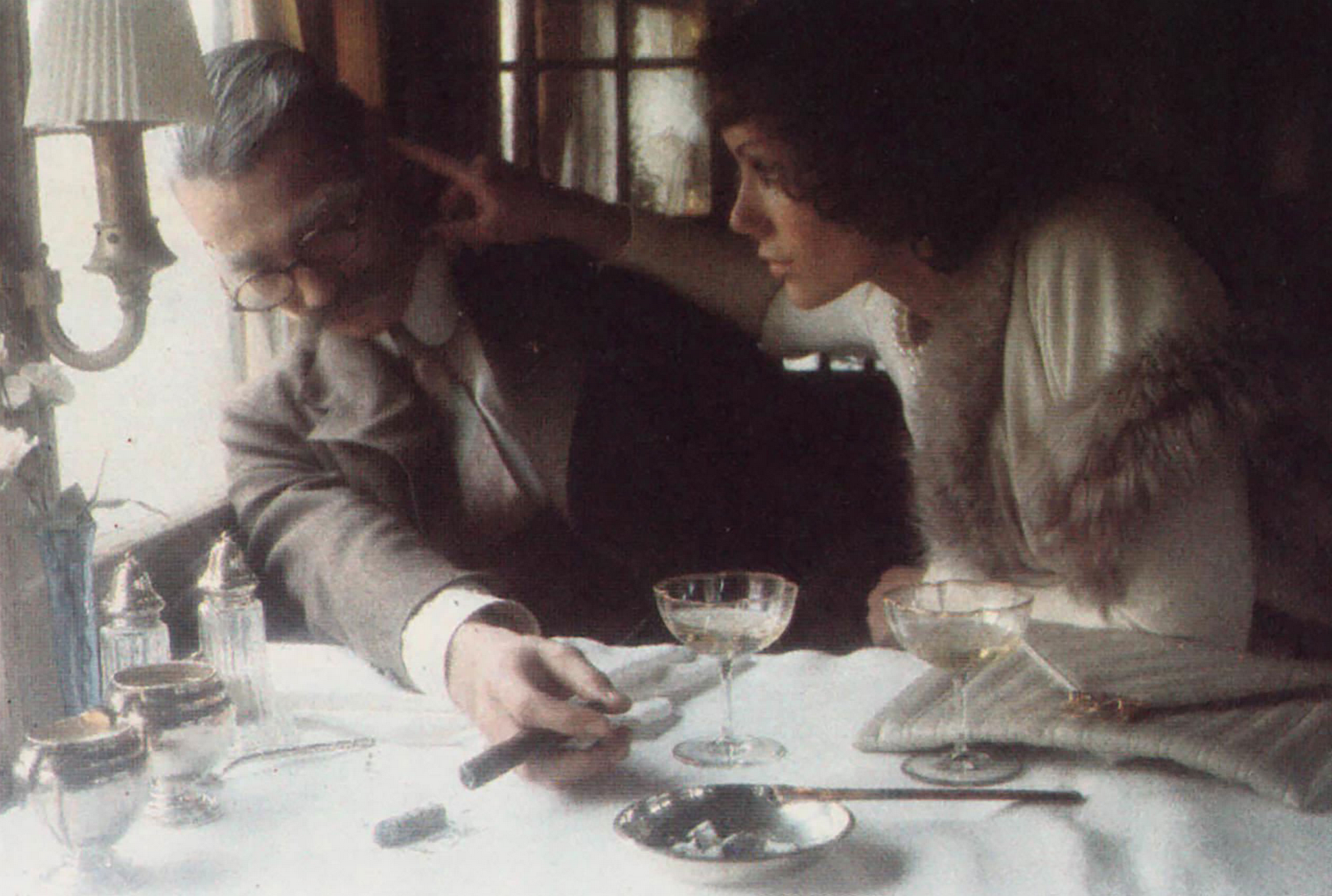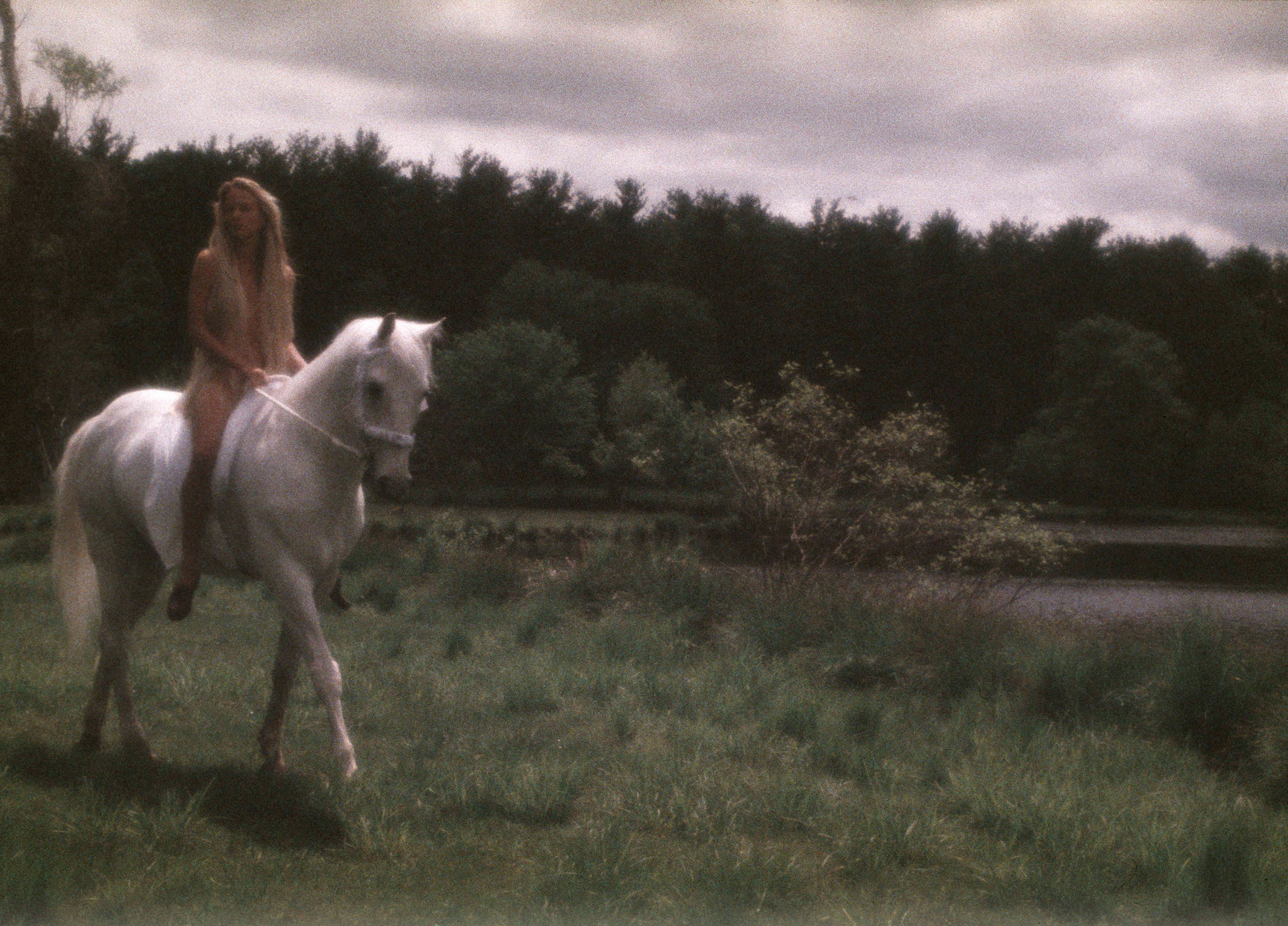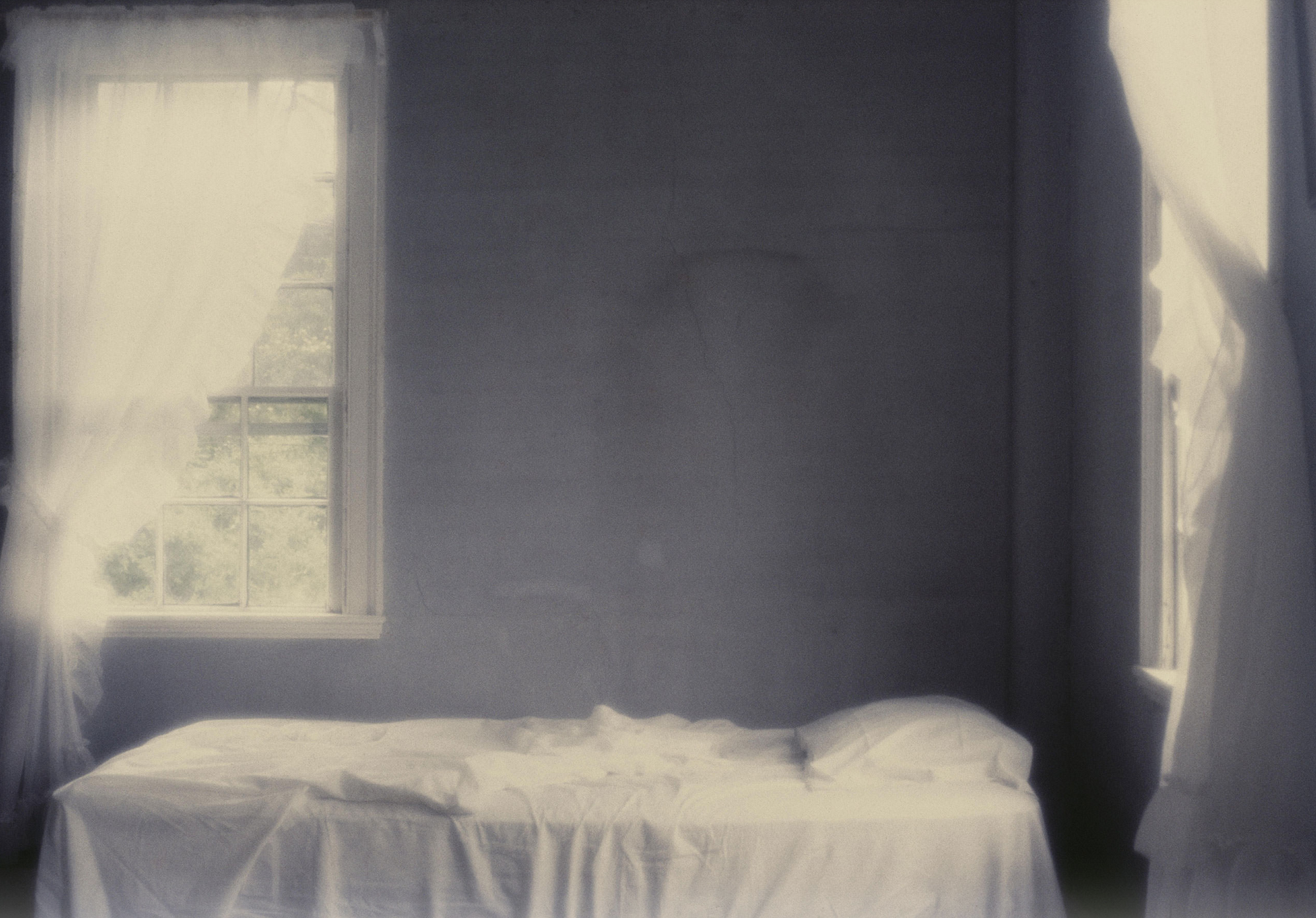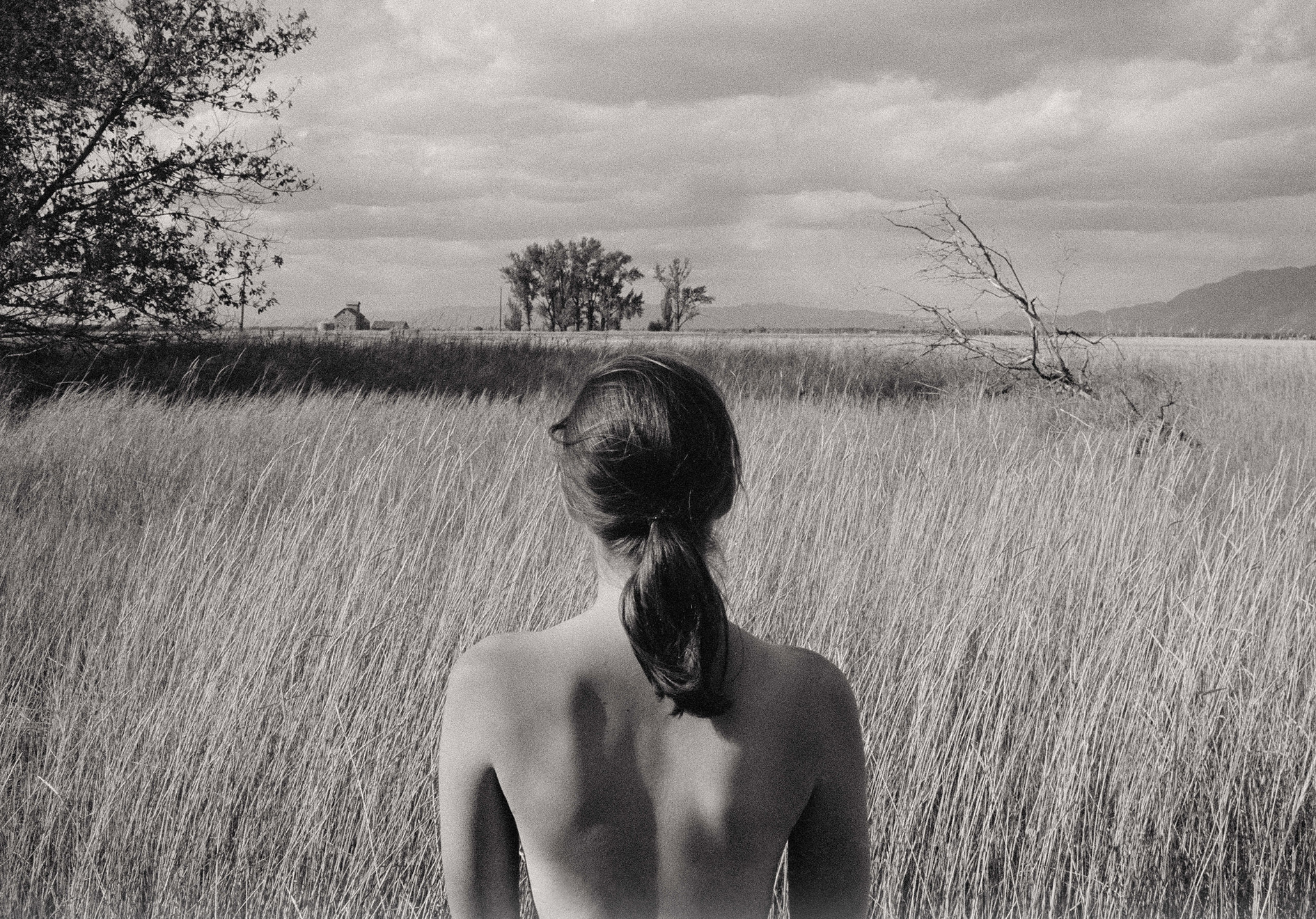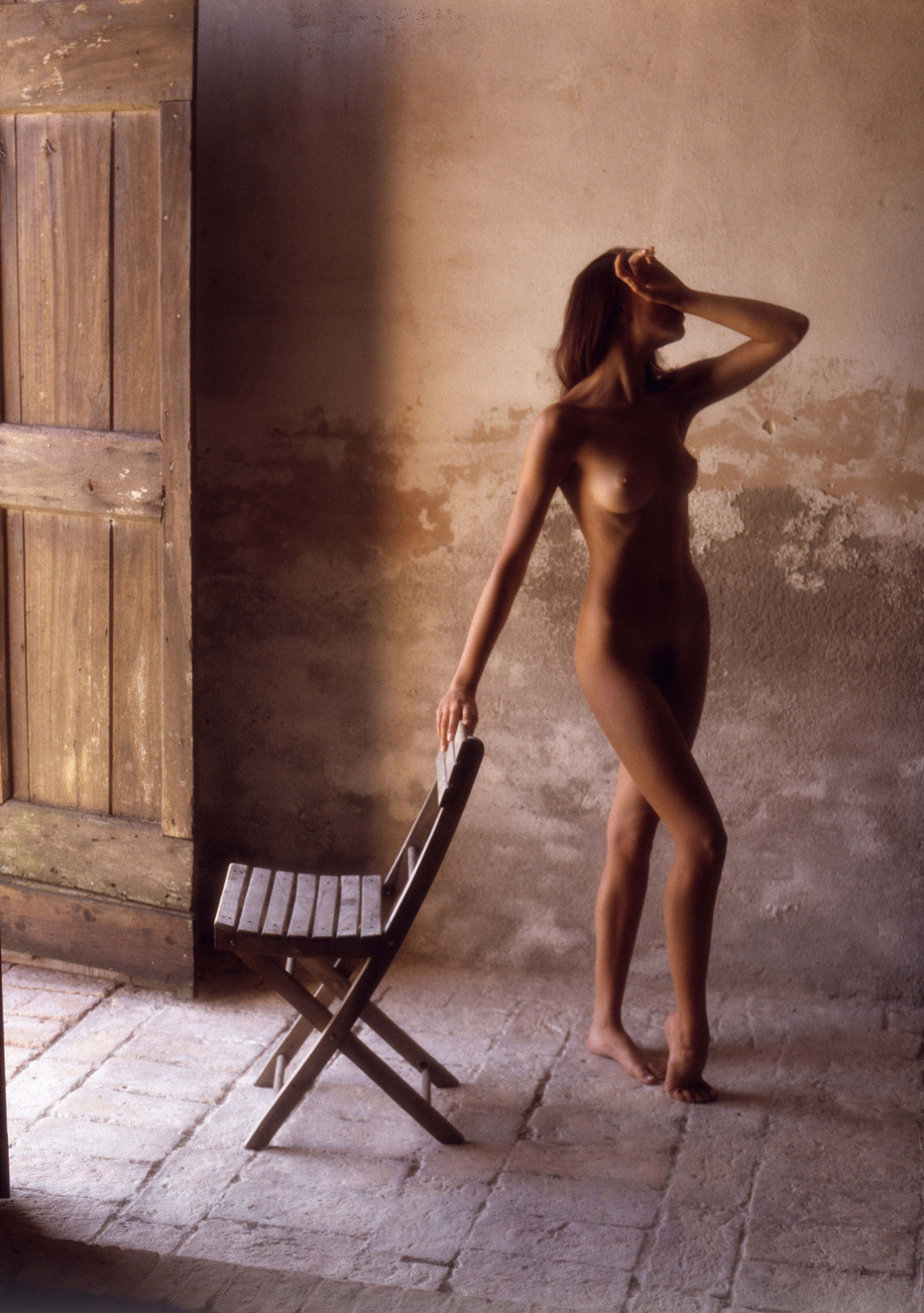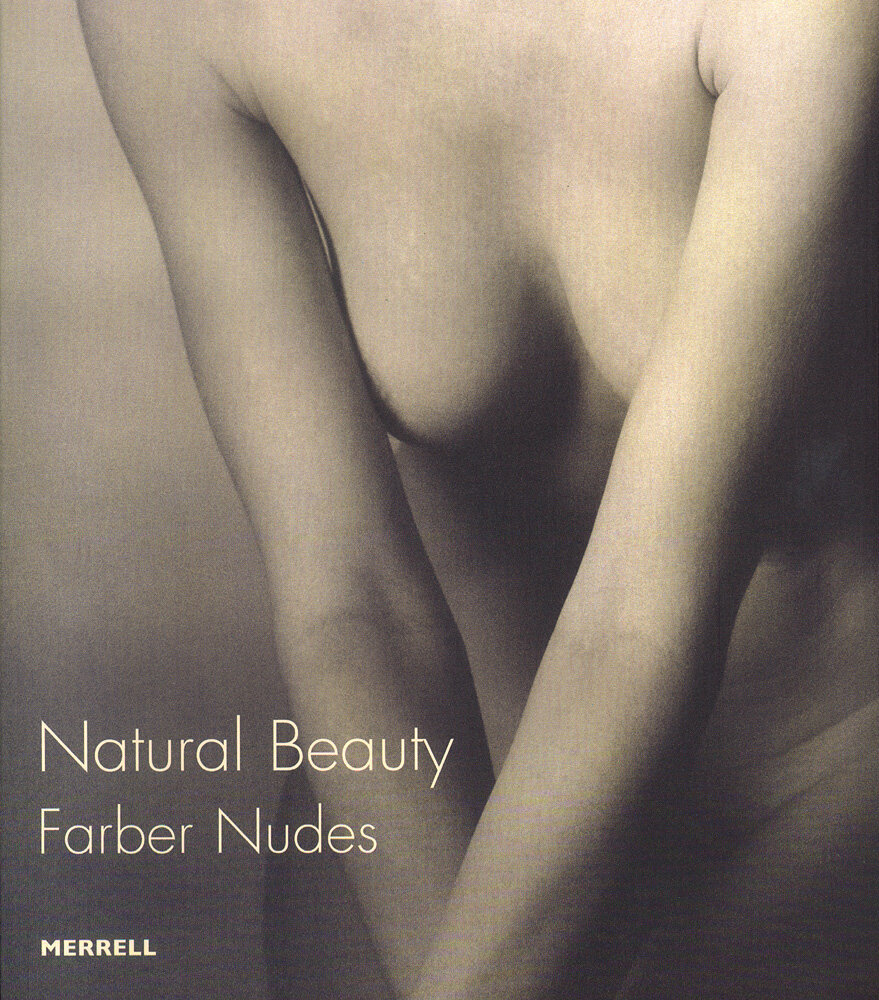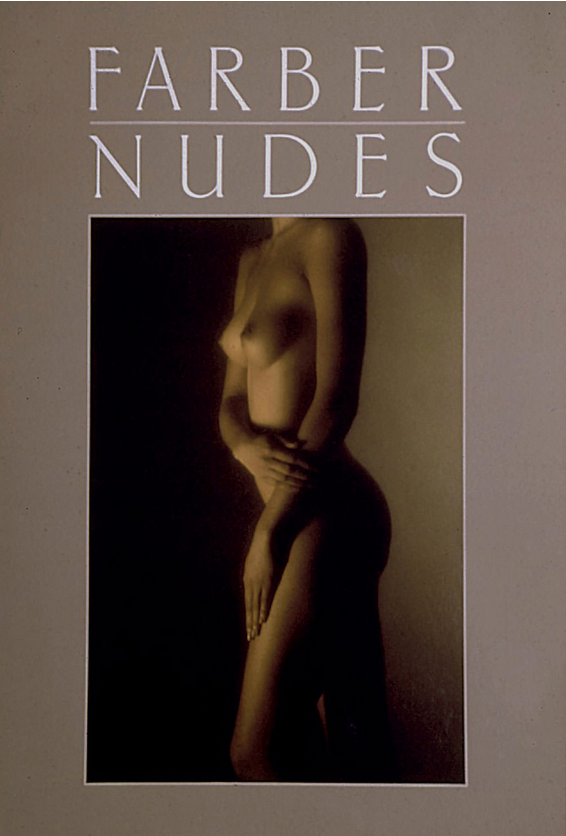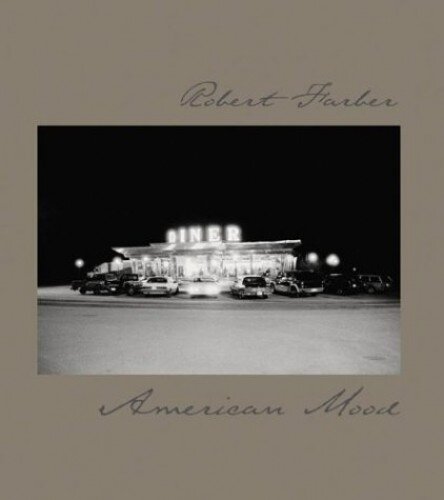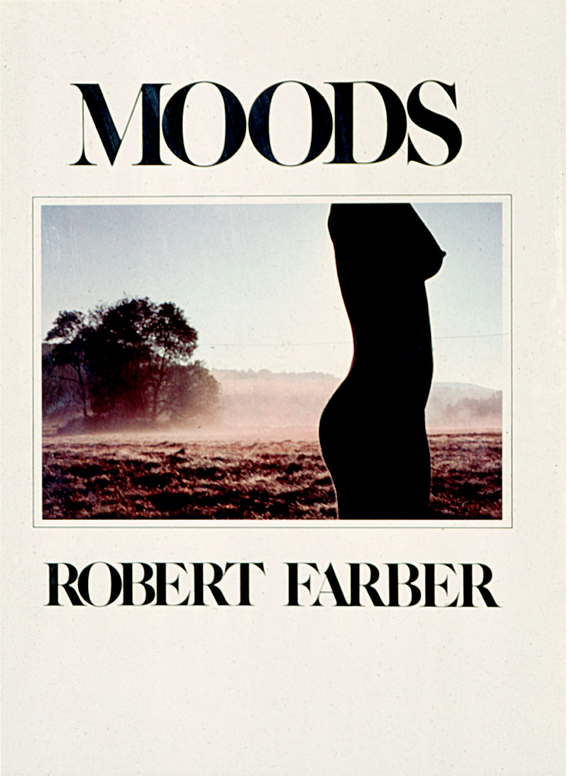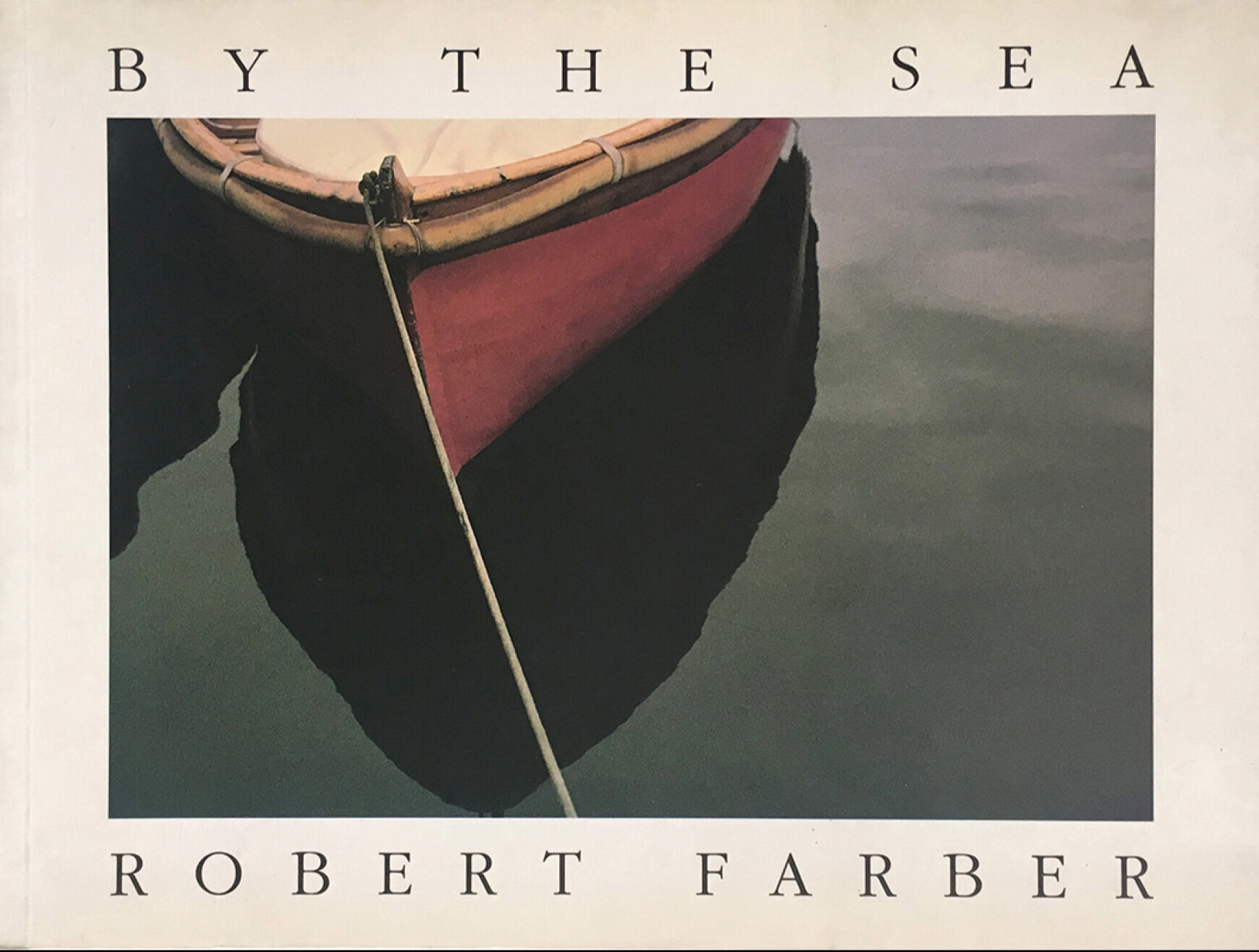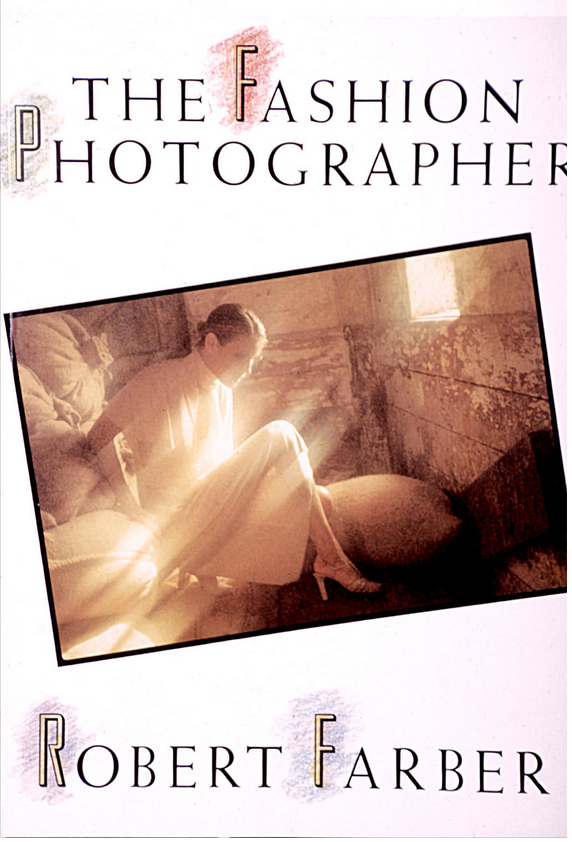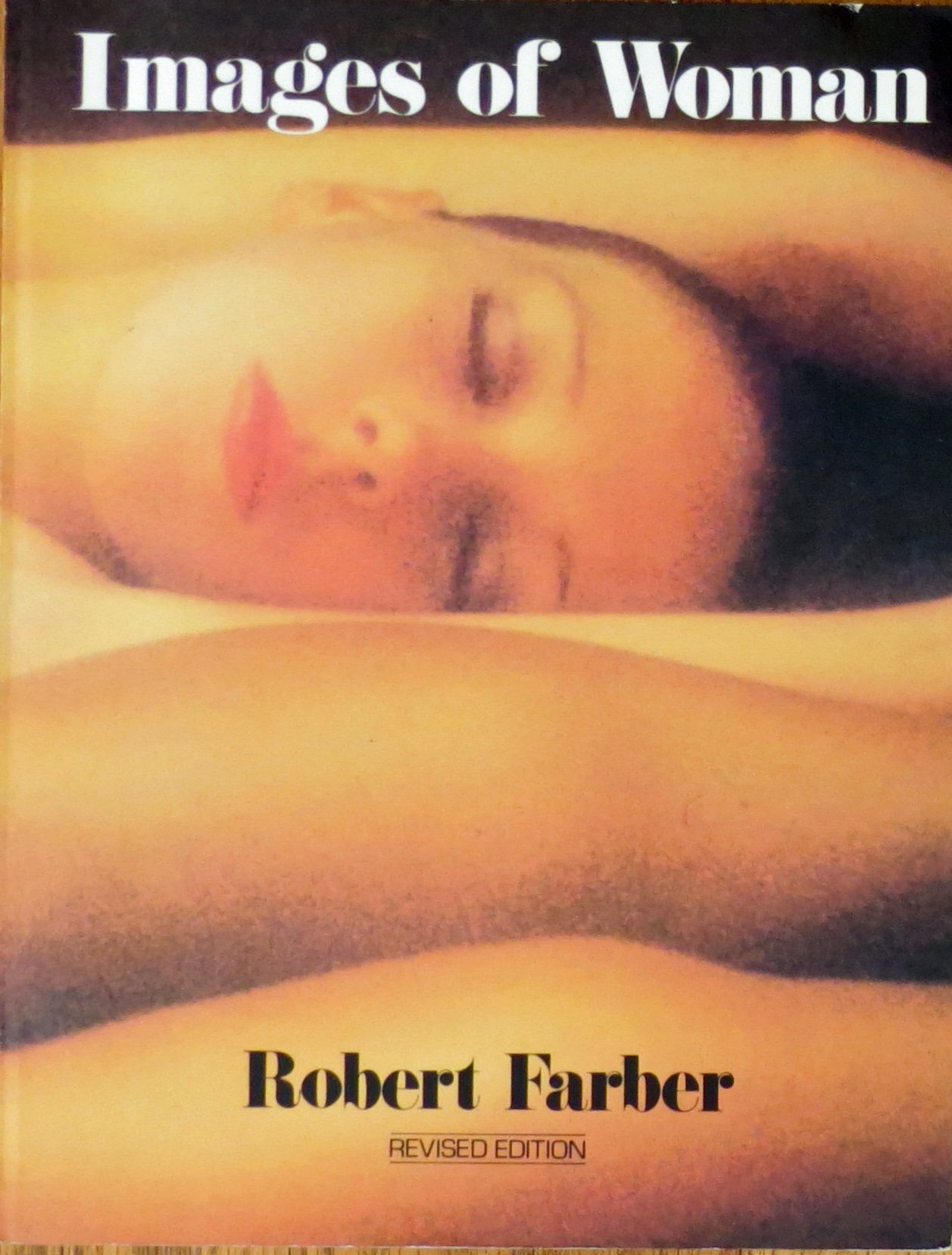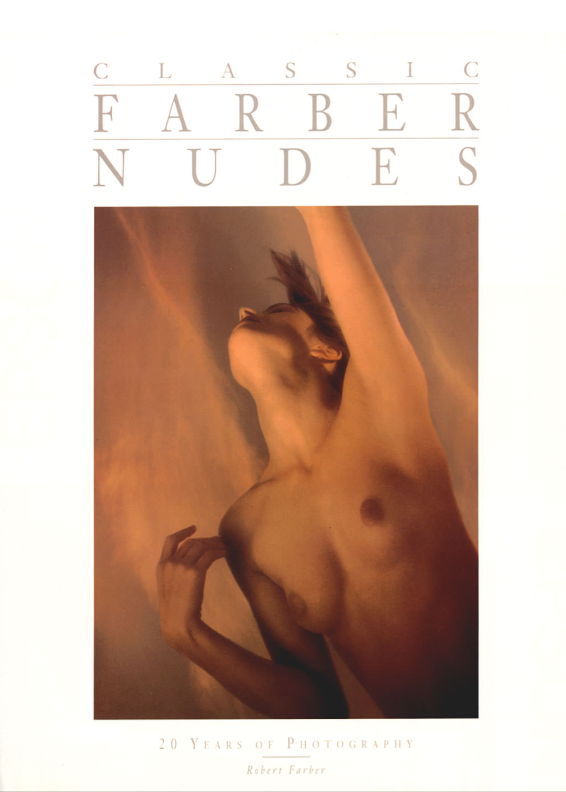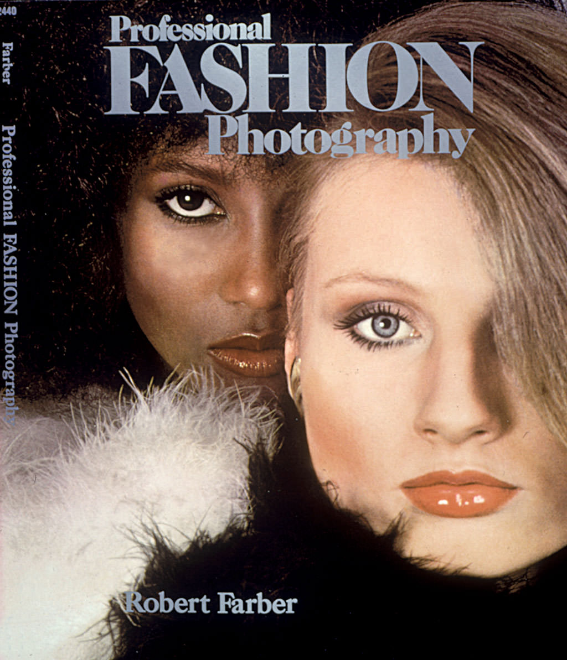Episode 18: Robert Farber
Originally recorded and released as Lady’s After Hours podcast, for Lady.
As always with this series of interviews I seek out cultural creatives who have not only achieved great success in their careers, but who have intentionally molded their lives around their passions. I’m especially interested in the twists and turns that their lives took and that led them to their passions—while sometimes my interviewees knew from childhood what their skills were (like Mel Odom), most often there was trial and error and discovery that brought them to their passion.
In October 2019 I met with photographer Robert Farber in his Upper East Side studio. Rising to prominence as a nude and fashion photographer in the mid-to-late 1970s, Farber’s first love had been painting. Raised in New Jersey, as a child and teenager he painted in a little art space his artist mother had set up for him in the family home while his brother was the passionate photographer, toiling away in a basement darkroom. When his parents refused to send him to art school, he went to the University of Miami to study marketing – and there became acquainted with a latent desire to photograph. After quitting university he returned to New Jersey and began working at the family business and married, while also beginning to experiment with different methods to produce painterly effects on film. Attracted to the immediacy and the ease of documenting yet uninterested in the graphic realism of photography, his experimentation with films, filters and development processes led him to eventually evolve a style of photographs almost indistinguishable from paintings.
Farber’s photo of Rousseau’s studio that led to his fashion photography career.
Farber’s work in the early 1970s focused on still lives and landscapes, with a few nudes, inspired by the historical paintings he so admired—all captured in a soft focus style, both nostalgic and romantic. As he explains in our interview, while showing his photos at an outdoor art show he met two people who would launch his career—one a publicist for a publishing house who immediately saw the market for a book of Farber’s nudes, and a woman who worked for an advertising agency who understood the power of posing a model within one of his interior still lifes and offered Farber his first fashion job, a national ad campaign. Without ever having assisted Farber found himself with both fine art and fashion photography careers – his first book, Images of Women, was published in 1976, at the same time that he was booking high profile advertising and editorial shoots (for the likes of Esquire and Viva).
With no prior knowledge of the photography and fashion worlds, Farber had had to learn everything in the moment—How do you book a model? What is a stylist and how do you find one? He used questions like these as the basis for two following books, Professional Fashion Photography (1978) and The Fashion Photographer (1981), which provided an overview of the entire process of creating fashion photographs—as well as being published portfolios of Farber’s own fashion photographs. Poster series of his photographs, both still lifes and nudes, further expanded his fan base as Images of Women went into multiple printings and was followed by other fine art books. Soft focus, painterly and unlike any other fine art or fashion photographer working at the time, Robert Farber’s work was instantly recognizable and somewhat omnipresent—I vividly remember first becoming acquainted with his work as a small child by seeing posters or prints of his photos hanging in restaurants and cafes in the 1980s.
A photo of Fanne Foxe that Farber took under a pseudonym for Playboy.
Throughout the eighties he published several books (including one edited by Jacqueline Onassis) before shifting his focus to commercials and movies in the early 1990s. Though the big Hollywood movie that first drew him to move to LA never happened, he worked on a number of other projects including a film for romance novel hunk Fabio. As you’ll hear in the interview, Robert is full of stories about his many projects—the month-long catalogue shoots, photo shoots for TV movie ads, editorials and more—along with how he found ways to capture fine art images in the midst of commercial jobs. Farber was also among the first photographers to understand the power of the internet. He launched his own site in 1995, along with a photography workshop website that taught all the essentials of shooting by drawing on lectures he had given and his own expertise. Photoworkshop.com became the leading educational photography website and was also Canon’s online hub for many years.
Balancing a hectic career and family life was not always easy. Farber wed his first wife and had his first son prior to his full-time photography career, and his marriage fell apart during his first phase of success as their lives took them in different directions. Meeting his second wife while at the peak of his career, she was more understanding of the constant travel his life required. Today all three of his sons have followed his footsteps into the arts—one a director, another a TV writer and the third a painter.
In the past few years Robert’s work has begun to explore new aspects of photography. Disintegrating, poorly stored negatives that bloom with bizarre patterns and otherworldly colors are now blown up in gallery shows as the ‘Deterioration Series’, while prints and negatives ruined in a flood are the ‘Wet Series’—while all have at first glance the appearance of digital manipulation, they are in fact the result of misfortune now reinterpreted as art. For 25 years he has collaborated on exhibitions and projects in support of Breast Cancer Awareness (resulting from a nude cover he shot for Newsweek about the disease), with the latest a show in Italy this past summer. Currently he is at work planning a retrospective, Women As Art: 50 Years of an Evolving Vision.
‘Deterioration 117’
A must listen if you interested in photography, Robert opens up about the many aspects of his career and particularly how he was able to build and balance commercial and fine art photography careers, and how he used each career to enhance the other. Incredibly successful, he speaks openly of the money and excess (at one time a Bentley and three houses) that his photographs brought him as well as the creative fulfillment he found through his evocative and atmospheric work.
Listen and subscribe to the podcast in iTunes

